|
This past week, I had a face-to-face conversation with the iconic Sue Hodder, senior winemaker at Wynns Coonawarra Estate, located in Australia’s southeast Limestone Coast. Sue joined Wynns in 1993. In 1998, she became the winery’s first female chief winemaker. Her enthusiasm, zeal, and delightful humor made for an engaging visit. Let’s start with a brief history of Wynns Coonawarra Estate. The estate’s history began with Scottish pioneer John Riddoch, who founded the estate in 1891, planted vineyards, and built and completed the estate’s famous stone, three-gabled winery in 1896, called Chateau Comaum. In 1951, Melbourne wine merchants David Wynn and his father, Samuel, purchased Chateau Comaum, with 54 hectares of vineyards, 36 hectares of pasture, a distillery. and a winery. They renamed it “Wynns Coonawarra Estate” and designed a label for their wines depicting the famous three-gabled winery. Wynns’ first Cabernet Sauvignon was created in 1954, ‘Wynns Black Label Cabernet Sauvignon,’ the first commercially labeled Cabernet Sauvignon in Australia. Their flagship wine, first made in 1982, is “John Riddoch Cabernet Sauvignon,” only produced in the best years. And I had the pleasure of tasting the 2020 vintage and will discuss it in this article. Coonawarra is famous for its Terra Rossa, meaning “red earth,” a 20km strip of red soil. It is a rich, red soil with a fertile topsoil covering a bedrock of porous limestone, which assists with winter drainage and summer moisture retention. Combined with a cool, moderate climate, it can result in fruit with great concentration and complexity while keeping high acidity. The Cabernets in this region can benefit greatly with intense aromas, flavors, and smooth tannins. Sue Hodder Sue grew up in Alice Springs in the Northern Territory of Australia, called the Red Centre, a semi-desert. Although there were no wine vineyards as far as the eye could see, Sue always felt a connection to the land. So, it was no surprise that she ended up studying and getting a degree in viticulture at Roseworthy Agricultural College in Adelaide. It was there that she took an interest in wine. How did you segue from viticulturist to winemaker? What was your “aha” moment that led you to it? Sue: It all began when I was quite young. I started with agricultural science, then got a job with wine growers in the Barossa Valley, working in old vineyards, which was amazing! I started traveling in the early 1980s, first to London and then around the world. I ended up at Fetzer Winery in Mendocino, CA, working with winemakers Dennis Martin, Paul Dolan, and Steve Dorfman. They really inspired me. They made beautiful wines that were organic and vineyard-driven. That was the real “lightbulb” moment for me. You have won an impressive amount of awards in this male-dominated industry and are world-renowned. Any comments? Sue: I’m the most famous person on my street here. Actually, I’m the only person on my street! Wynns has always been proud of their women stories, such as those who set up the vineyards after World War Two. Many of the women were from the Ukraine, Italy, and North America. It was a melting pot of sorts. People say this is the middle of nowhere, and I say it is the middle of everywhere. What challenges are you facing in the vineyard and production? Sue: I have been making wine for 40 years and have been at Wynns for 32 years. Changes in the industry, philosophy, and climate change are ongoing. Challenges are high, but it really resets our thinking in a good way. I was fortunate to work with a viticulturist here who just retired and was an incredible environmentalist. He was onto climate change and CO2 levels decades ago. He felt we needed to rethink things and look more closely at the data. Sustainable viticulture methods are our main focus. We’re trying every day to be respectful of the land and give acknowledgment to the people who were here before us. We strive to put the land in a better way than when I first started here. It is about respecting the soil health, more judicious use of water, and the rewards that come in the wines…brighter wines. What is one of the hardest things about winemaking year in and year out? Sue: There is always something new to learn, and every season is different. Even in the amazing years, we think there is always something we could have done better. There is a responsibility even in the great years. It is not just going through the motions of making the wine. It is showing off the beautiful vineyards here to the best advantage. We always question, ‘Are we doing our absolute best with the vineyards?’ We are in a cool area, and it is spring right now. A warm time during flower and set in November and December translates to evenness in grape ripening. Do you think climate change and the earth’s warming work to your advantage? Sue: In general, yes. But we’re also trending to more variables and must be ready for everything as best we can. Generally, warmer years are better for us with a few qualifications. We’re in an area where we get an allocation of water. We have to be responsible and make sure how to use it. If we have a dry summer and autumn, then we need to finish it off so leaves don’t fall off in the summer. Let’s talk about the 2020 vintage of John Riddoch Limited Release Cabernet Sauvignon that I’m tasting. Why is it so special? Sue: This vintage was low-yielding and couldn’t be a great harvest. However, it has that small berry character and is quite concentrated besides being a medium-bodied wine. It’s that red cassis fruit that generally characterizes the John Riddoch wine. It is our Reserve and not meant to be a more concentrated version of our Black Label Cabernet. We’ve been making this wine since 1982. All the John Riddoch wines should be drinking well for years to come if they’ve been well-cellared. If we can’t achieve the quality, then we skip that year. We omitted 2011 and 2017. How long should we wait to drink this wine? What is its shelf life? Sue: In all honesty, you can drink it now. I love these wines as eight to ten years old. They present as a nice combination of fruit and some bottle development. But the John Riddoch wines can drink well for 40 years! John Riddoch Cabernet Sauvignon 2020 The grapes for this 100% Cabernet Sauvignon were selected from less than 1% of the Cabernet vineyard. The 2020 harvest was all from the 1969 planted Childs vineyard of Coonawarra. The wine was aged for 17 months in French oak, 23% new/45% one-year old and 32% two year old.
Nose: Violet, dark berries, baking spice, a hint of forest floor with a touch of Sen Sen (a licorice & violet candy) Palate: Earthy, concentrated flavors of berries with smooth tannins and vibrant acidity. Flecks of minerality, sweet spice, cherry, and bay leaf linger on a long, luscious finish. Alcohol: 13.5% SRP: $99 What would you pair with this wine? Sue: Generally, braised meat, low-temperature cooked meats such as beef bourguignon, or fatty fish like poached salmon with a red pepper sauce. The tannins offset the texture of the fish beautifully. That said, antipasto, charcuterie platters, and spicy Asian cuisine work nicely. This isn’t a wine that demands a big red meat. This bottle is a screw cap. Let’s talk about it. Sue: We changed to screw caps when we were frustrated with the cork quality we were getting at the time in Australia. We have loved screw caps. However, the cork quality has really improved. We find the wine is reliably aging at a consistent rate with a good cork, and the trials prove it. Starting with the 2022 vintage, we will bottle a lot more wine with cork again because our customers prefer it. Although Sue is modest in her achievements in the wine industry, I am happy to shout out a few of her accomplishments. She has been awarded ASVO Winemaker of the Year and Gourmet Traveller WINE Winemaker of the Year. She was chosen as one of the ten Australian winemakers to represent Wine Australia in the Launch of the A+ program at the Shanghai World Expo. In 2017, Sue was given the award for Australian Women in Wine Awards, Woman of Inspiration Award. The list goes on! Sue’s passion for viticulture and winemaking is present in every bottle of wine she produces. It has been a true pleasure spending time with her. Until next time… Cheers! Penina To leave a comment or if you have an inquiry, please contact me at [email protected] Four years ago today, on October 1, 2019, my husband and father of our children passed away. I have occasionally written about Robert, always referring to him as “The Restaurateur.” In addition to three successful restaurants in NYC, Robert had a small theater nightclub and recording studio. He was a true “Renaissance Man,” embracing all he could with boundless energy. And it is Robert who gets the credit for introducing me to the world of wine and encouraging me to explore my palate. The first wine Robert ever poured for me was on our second date, a 1969 Petrus. It was an “aha” moment for me. I fell in love with wine! I have one bottle left of the 1969 Petrus, and I can’t bring myself to open it yet. But I have a feeling that the moment will choose me! For 44 years, we cataloged many memories, some of which were not the best. I’m sure those who knew us and are reading this now are shaking their heads remembering a few notable and movie-worthy scenes! However, we did create beautiful memories with our sons and a shared passion for wine, food, and music that endured through the years. Our collection of wine grew over the years, and when Robert passed away, I inherited the bulk of the wine left over from his last restaurant. There are some gems in this collection that I haven’t touched. And I can hear Robert saying, “What the hell are you waiting for?” So, I’ve decided to open two wines today in his memory. They are old vintages and likely not good, but let’s explore! Far Niente Estate Bottled Cabernet Sauvignon, Napa Valley 1987 John Benson, a forty-niner of the California gold rush, founded Far Niente Winery in 1885, which is situated in western Oakville, Napa Valley. Far Niente fell victim to Prohibition in 1919 and soon was abandoned. In 1979, Gil Nickel purchased the vineyard and winery. The property took three years of restoration, but the hard work led to placement on the National Register of Historic Places. In 1982, the winery’s first Cabernet Sauvignon and Chardonnay were harvested. The Cabernet Sauvignon grapes are grown in the Martin Stelling Vineyard behind the winery, encompassing 57 acres. With a moderately warm climate and gravelly loam soil, the stage is set for producing complex, richly textured, fruit-forward wines. This wine was aged in new Bordeaux Chateau French oak barrels for 18 months. Alcohol: 13.5% The color was ruby red. I decanted the wine and tasted it immediately, then let the wine sit for a few hours. My first impression was quite good. Dark berries, cherry, and spice on the nose, with the palate offering sour cherry, a hint of plum and silky tannins. My second aroma and taste sample took place about four hours later. Instead of opening up a bit more, the wine, unfortunately, took a turn south. Although the aromas were still pleasant with blackberry, cherry, tobacco, and earth notes, the palate did not improve. Drinkable? Yes, but not enjoyable. In 2018, I opened the 1990 vintage, and it was excellent. I still have 1983, 1986, 1988, and 1989 vintages to explore! Château Beychevelle Grand Vin Saint-Julien 1976 Château Beychevelle is a historic property dating back to the 1500s and is considered one of the most beautiful castles in the Médoc, in the Bordeaux wine region of France. Château Beychevelle vineyards are spread over 90 ha of vines composed of Fourth Growth Bordeaux Cabernet Sauvignon, Merlot, Cabernet Franc, and Petit Verdot. The 1976 Château Beychevelle is a Bordeaux red blend from the Saint-Julien appellation. This wine was aged in French oak barrels, 53% new barrels, for 18 months. Alcohol: 12%. I was not expecting this wine to be good since the cork crumbled immediately. I decanted the wine through a sieve and was surprised the color was a touch more red than tawny, but it was also cloudy. As I was decanting the wine, aromas of sweet red fruit, plum, and musty forest floor wafted my way. Being an optimist, I took this as an encouraging sign. I took a sip, and it was not drinkable. I waited for several hours in the hope that the wine might open. The second test showed a significant waning of aromas with only a hint of red fruit. Unfortunately, it was not drinkable. Some of the old vintages from my collection have stood the test of time and are still drinkable; others are not. I will continue to open bottles; hopefully, a few gems will still be sip-worthy. My lesson for the day is to listen to Robert and “open all the damn wine!” Sometimes, when I open a bottle of wine, I wonder, “What would Robert think of this?” or “Wow, he would have loved this wine!.” And then there are the wines I open that bring back all the good memories of our journey together. Here is a slideshow of part of our journey. Maroon 5 has a hit song called “Memories Bring Back You.” Whenever I hear it on the radio, I smile, think of Robert, and sing along. Here is the first verse of the song. … Here's to the ones that we got Cheers to the wish you were here, but you're not 'Cause the drinks bring back all the memories Of everything we've been through Toast to the ones here today Toast to the ones that we lost on the way 'Cause the drinks bring back all the memories And the memories bring back, memories bring back you. Cheers to you, Robert! We miss you! ❤️ Until next time…
Cheers! Penina To leave a comment or if you have an inquiry, please contact me at [email protected] To usher in autumn, I thought it would be fun to travel to Tuscany. And the best part is that you don’t have to pack a bag or wait in long lines at the airport. A glass of Tuscan wine and an authentic Tuscan soup recipe is all you need for your travels. Let your palate take you on a delectable sensory adventure! The Wine I have selected two Tuscan wines for the journey; both pair well with the featured soup that follows. Dogajolo Toscano Rosso IGT 2020 Carpineto, a Tuscan winery founded in 1967, produces Carpineto and Dogajolo wines. This year marks a 30-year milestone for the production of Dogajolo Super Tuscans, specifically Toscano Rosso, launched in 1993. In 2009, Toscano Bianco was added to the Dogajolo line, followed by Toscano Rosato in 2011. They have 1,200 acres of sustainably farmed land spread amongst five carbon-neutral estates in the appellations of Brunello di Montalcino, Chianti Classico, Vino Nobile di Montepulciano, Maremma, and Alto Valdarno. This wine is 80% Sangiovese and 20% Cabernet Sauvignon sourced from Tuscan hillside vineyards. It is aged six months in previously used French and American oak barrels and cement vats, followed by four to six months in bottle. Nose: Fragrant red fruit, cherry, and baking spice. Palate: Juicy red berries spill onto the palate with cherry, plum, a hint of balsamic, and coffee beans. Smooth and delicious! Alcohol: 13% SRP: $14.99 Talosa “Alboreto” Nobile di Montepulciano DOCG 2019 Fattoria Della Talosa is a boutique winery with 33 hectares of vineyards in the heart of Montepulciano in Tuscany and has been owned by the Jacorossi family since 1972. Their historic aging cellar dates back to the 16th century. It is in the old town center of Montepulciano, in an underground area between two of the oldest buildings in the city, Palazzo Tarugi and Palazzo Sinatti. The brick passageways contain a series of vaults and niches where the barrels are placed. In 1980, Vino Nobile became one of the first four appellations given the superior status of DOCG, along with Barolo, Brunello di Montalcino, and Barbaresco. The grapes for this 100% Sangiovese are sourced from the Vino Noble di Montepulciano DOCG appellation. The wine is aged for two years in barrels of 2nd, 3rd, and 4th passage and stainless steel and then continues to age in bottle. Nose: Floral, berries, cherry liquor, baking spice, and a hint of sweet tobacco. Palate: Aromas segue onto the palate with dark cherry and spice. Tannins and acidity are beautifully balanced, with cherry, cocoa, and vanilla lingering on a long finish. Alcohol: 14.5% SRP: $25 The Soup Ribollita - An Italian Fall Vegetable Soup featuring stale bread. I would love to take credit for this Tuscan soup, but the honor goes to Iolanda Marcocci, a beautiful ninety-year-young nonna. Coleen Kiman, host and owner of Tuscan Women Cook, says, “Our first bowl of this hearty soup was prepared by Iolanda, who served it al fresco on the terrace outside her kitchen on a long, weathered table overlooking a sweeping Tuscan sunset. It is a rich sense memory we’ll always cherish.” This hearty soup is a favorite of the nonnas of the Tuscan village of Montefollonico and the participants of Tuscan Women Cook. Ribollita dates back to the Middle Ages when peasants foraged for whatever food they could find to make a thick soup, which included stale bread that, when toasted and added to the broth, maintained its shape and absorbed all the flavors. Ribollita means “re-boiled” in Italian. When “reheated” the next day, it is even better! Coleen says, “When the bread has an extra day or two to absorb even more of the flavorful broth, Ribollita will thicken and taste creamy. Feel free to add your own favorite vegetables and herbs to this recipe. There are no hard and fast rules for Ribollita, except to reheat and enjoy, day after day!” Serves 8
Ingredients
Instructions Rinse the beans in a colander and pick out any debris or small stones. Place in a medium stockpot and add cold water to cover the beans by about 2 inches. Cover and soak overnight. Drain the beans and cover them with fresh water. Add the Parmesan cheese rind. Over medium heat, simmer until the beans are tender, about 30 minutes. Set aside. Heat the olive oil in a large Dutch oven over medium heat. Add the diced onion, carrots, and celery (soffritto). Cook, stirring occasionally, until the onions are translucent, for about 10 minutes. Stir in the tomatoes, the beans, and their cooking liquid. Season with salt, pepper, and oregano. Add the chard and cabbage. Add additional water, chicken, or vegetable stock as needed to completely cover the chard and cabbage. Bring the mixture to a boil. Reduce the heat and simmer for 1 hour. Adjust the seasonings to taste. Place a piece of bread in each bowl. Ladle the soup on top of the bread. Top each serving of the soup with some Parmesan cheese, a dash of olive oil, and freshly ground black pepper. Recipe and photo reprinted with permission of www.TuscanWomenCook.com from the Tuscan Women Cook Cookbook. Tuscan Women Cook: Nonnas. Memories. Recipes cookbook is a wealth of generational recipes put together by Coleen Kiman with Rhonda Vilardo. The nonnas of the village of Montefollonico and neighboring towns shared the recipes. The book has over 50 delectable recipes, photos, stories, and many tips. Enjoy the wine and soup, and happy travels! Until next time… Cheers! Penina To leave a comment or if you have an inquiry, please contact me at [email protected] With all the national and international wine celebrations that seem to occur almost daily, it can be a bit overwhelming. I have missed one too many “wine holidays” to mention. For instance, I just found out that August 31st was International Cabernet Sauvignon Day! Although I’m more than a few days behind on the latest celebration, let’s raise our glasses anyway and celebrate Cabernet Sauvignon with a few gems from Chile Here are a few fun facts. Chile is a long and narrow country bordering the Pacific Ocean to the west and to the east lie the Andes Mountains, which is among the world’s highest mountain range in the Western Hemisphere. Chile spans 2700 miles, from north to south, and is only 100 miles wide. Its numerous wine regions are then divided into sub-regions. map Cabernet Sauvignon is the most widely planted red grape variety in Chile. According to Wines of Chile, the Cabernet Sauvignon grape is credited with putting Chile on the world stage. Approximately 40,200 hectares ( 99,336 acres) of Cabernet Sauvignon are planted to vine, with vineyards extending from the country’s far north in Atacama to the Araucania region midway down the coast. The core of production takes place in the Central Valley wine region, where Maipo Valley and Rapel Valley sub-regions and the zones of Colchagua Valley and Cachapoal Valley account for approximately 97% of the planted surface area. For a more in-depth look at Chilean wine, regions, and wine producers, please refer to the “Categories” menu on the right Concha y Toro Gran Reserva Serie Riberas Cabernet Sauvignon 2019 The grapes for this wine were harvested from the Palo Santo Vineyard D.O. Marchigüe, Colchagua Valley. It is 94.5% Cabernet Sauvignon, 3% Carmenere, and 2.5% Syrah. The wine is aged for ten months in French oak barrels and 5000 lts. foudres. (21% new, 79% second use) Foudres are large wooden vats. Nose: Dark berries, sour cherry, pepper, and baking spice. Palate: It is juicy and round with silky tannins. Flavors of dark cherry, plum, baking spice, and toasted oak lead to a long finish with cocoa, vanilla, and spice lingering. Alcohol: 13.5% SRP: $17 Pairing suggestions: Grilled meat, fowl, game, roasted veggies, stews, and seared spicy tuna. TerraNoble Gran Reserva Cabernet Sauvignon 2018 This wine is 100% Cabernet Sauvignon sourced from two different terroirs in Colchagua Valley. 70% of the grapes are selected from Los Lingues, and 30% from Marchigüe. The wine is aged in 70% new and used French oak barrels and 30% in untoasted foudres for 12 months. It is then bottle-aged for at least six months. Nose: A touch of floral with dark fruit, earthy, baking spice, herbal notes, and anise. Palate: Aromas segue onto the palate with dark plum, pepper, baking spice, and dark chocolate. It is a lovely dance between sweet and savory and a nice balance between acidity and tannins. Alcohol: 14% SRP: $20 Pairing suggestions: Roasted meats, aged cheese, grilled tuna and veggies, mushroom risotto, or sautéed polenta.. Miguel Torres Reserva Especial Cordillera Cabernet Sauvignon Maipo 2018 The grapes for this 100% Cabernet Sauvignon are sourced from vineyards in the Maipo Valley. The wine is aged 12 months in 20% new French oak and 80% second-use French oak. Nose: Dark berries, sour cherry, plum, pepper, and a touch of mint.
Palate: Aromas spill onto the palate with dark, juicy berries, dried herbs, toasted oak, and spice. Nice acidity and smooth tannins. Alcohol: 14% SRP: $20 Pairing suggestions: Grilled or roasted meats, game or fowl, hearty stews, or charcuterie board. These wines offer a lot of bang for the buck and are very impressive! Happy Belated International Cabernet Sauvignon Day! Until next time… Cheers! Penina To leave a comment or if you have an inquiry, please contact me at [email protected] Occasionally, I take stock of my “wine cellar” and open a bottle or two that has been collecting dust. While perusing the various labels this morning, I stumbled upon a box of three wines hidden so well I had genuinely forgotten about it. It was an exciting find, which inspired me to open one of the bottles and pair it with the evening’s dinner. The wines were a gift from Giovanna Neri, owner of Col Di Lamo in Tuscany, specifically Montalcino! Montalcino is located amongst the rolling hills of Tuscany, home to one of Italy’s most renowned wines, Brunello Di Montalcino. Montalcino is a small wine region comprised of 60,000 acres of olive groves, forests, and farmland, of which 3,500 acres are devoted to wine vineyards. Made exclusively from the Sangiovese grape, (named ‘Brunello’ in Montalcino), Brunello Di Montalcino was awarded the first-ever DOCG designation (Denomination of Controlled and Guaranteed Origin) in 1980, the highest designation given under Italian wine law. Brunello di Montalcino is one of Italy’s most famous and distinguished wines. The skin of the Sangiovese grape is thick and tends to deliver fruit-forward wine with bright acidity and high tannins. The climate in Montalcino is warm and dry, typical Mediterranean weather. Vineyards are planted up to 500 meters in elevation, with north-facing slopes experiencing a cooler microclimate and more winds. In contrast, the southern and western-facing slopes are exposed to extreme sunlight and maritime breezes. The vines are planted in various soils such as limestone, clay, schist, volcanic soil, and galestro, which is schistous clay soil commonly found in most of Tuscany’s best vineyards. All these elements can contribute to the difference in quality, complexity, and character of the wine. Regulations require that Brunello di Montalcino age for a minimum of two years in oak wooden barrels and at least four months in bottle before release. The Riserva wine must age at least six months in bottle and is released a year later onto the market. And the wine can only be bottled in the location where it is produced. These wines have an aging potential of 30 years if stored properly and acquire more complexity the longer it ages. Col Di Lamo Col Di Lamo is an exclusive, all-female organic winery owned by winemaker Giovanna Neri and her daughter, Diletta. The winery was founded in 1994 after her daughter was born. The estate covers an area of approximately 80 hectares. Giovanna inherited her passion for wine and winemaking skills from her father, who passed away in 1991. Giovanna considers her wines “her creations” (children) and continually spreads her love and respect for the land and her products. It is a small production winery of quality and refinement. Here is an excerpt from my interview with Giovanna a few years ago. What inspired and motivated you to make this an all-female winery? Giovanna: For me, it was a natural process. My company is my creation, which I wanted for myself and for which I fought a lot in a world that was still very male-chauvinist, especially the wine industry. Compared to others, I had to prove triple to make it clear that a woman, completely alone and starting from scratch, could create wines of the highest quality. When I tell my story, I always say that I consider my company another daughter of mine. I gave it a name; I dedicated all the commitment, love, and dedication I have to it, as with my daughter Diletta. Where did you do your training to become a winemaker? Giovanna: I graduated with honors in law and embarked on a career as a lawyer. I felt, however, that this work, although gratifying, was not my way. So, at the age of 40, I decided to drastically change my life and have a part of the family business (it’s not so obvious if you are a woman). So, without any particular skills and the help of anyone, I threw myself body and soul into this fantastic adventure. There have been challenging times. The beginnings were really hard; I only had men around me, and no one believed I could do it. Luckily, they are the same men who now hold me in esteem. What is Diletta’s role in the company? Giovanna: Diletta helps me in communication. I believe a young vision is essential in a world that runs more and more on the Internet, especially social networks. Tell me about some of your challenges with winemaking and the industry. Giovanna: I strongly believe in wine and organic products in general. I was among the first to choose this type of cultivation in Montalcino, not without criticism. But I am convinced that it is the future. I feel like a guest in this land, and I have chosen to do this job precisely because I love the planet and want to respect and enhance it as much as possible, even for future generations. Although all three wines are highly rated, I chose to open the Brunello di Montalcino DOCG 2016 This wine is hand-harvested and fermented with native yeasts. It is aged 24 months in oak barrels and six months in steel tanks. Nose: Berries, floral, cherry, earth, tobacco, herbs, fig and baking spice. Palate: Rich, savory, and balanced with blackberry, dark plum, cloves, cinnamon, nice acidity, and a long finish of savory and sweet dark berries. Simply elegant! Alcohol: 14% SRP: $68 Pairing suggestions: Aged cheese, roasted meat and game, hearty soups, stews, mushroom risotto, and seared tuna. I paired this wine with a thick, hearty, nutritious Lentil Tomato Soup filled with carrots, celery, onion, and an assortment of herbs. If you would like the recipe for the soup, please email me. Contact information is below. Until next time,
Cheers! Penina To leave a comment or if you have an inquiry, please contact me at [email protected] New vintages of Gaia reds have arrived! And, yes, I’m giving another shout-out to these consistently tasty wines from Domaine Bousquet’s Gaia collection! Domaine Bousquet is a family-owned winery and Argentina’s largest producer and exporter of organically grown wines. It is located in the Gualtallary Valley, high up in the Tupungato district of the Uco Valley, where altitudes can reach up to 5,249 ft. The winery was founded in 1997 by winemaker Jean Bousquet, originally from Carcassonne in Southwest France, where his family expanded four generations of winemaking. Please select from the menu at right for a more in-depth look at Domaine Bousquet. The label for these wines is a striking portrayal of Gaia, who in Greek mythology is the mother goddess presiding over the earth. It is a fitting name for wines produced from all organic grapes! Gaia Organic Cabernet Franc 2020 This vintage is 100% Cabernet Franc. Grapes are hand-harvested from vineyards at 4000 ft. altitude. The wine is aged in French oak for ten months. Nose: Dark berries, floral, and baking spice. Palate: Juicy notes of blackberry, plum, pomegranate, spice, and minerality. It is fresh and lively! Alcohol: 14.5% SRP: $20 Gaia Organic Cabernet Sauvignon 2019 Grapes for this 100% Cabernet Sauvignon are hand-harvested from vineyards at 4000 ft. altitude. This wine is aged in French oak between eight and ten months. Nose: Intense aromas of dark berries, dark cherry, baking spice, and a touch of minerality set the stage for this expressive wine: Palate: Aromas segue onto the palate with plum, vanilla, and a hint of chocolate. Smooth tannins and a lengthy finish beg for another sip. Alcohol: 15% SRP: $20 Gaia Organic Malbec 2019 This wine is 100% Malbec. Grapes are hand-harvested from vineyards located by the foothills of the Andes at 4000 ft. altitude. The wine is aged in French oak between eight and ten months. Nose: Floral, dark berries, baking spice, and hints of plum. Palate: Aromas segue onto the palate with a touch of dark cherry, earthiness, firm tannins, and a lengthy finish. Alcohol: 14.5% SRP: $20 Gaia Organic Red Blend 2020 This red blend is the first wine that launched the Gaia collection. The blend is 50% Malbec, 45% Syrah and 5% Cabernet Sauvignon. The best grapes are used for this wine and are harvested manually from Domaine Bousquet’s organically farmed vineyards. Wine aging takes place in French oak barrels for ten months. Nose: Aromas of violet, dark berries, and spice are inviting and heady.
Palate: Dark cherry and plum, blackberry, and spice entertain the palate with a hint of vanilla lingering on a long finish. It is juicy, fruity, smooth, and complex. Alcohol: 14.5% SRP: $20 Pairing suggestions for these wines: Grilled meat, BBQ, roasted chicken, hearty stews, cheese, pasta, seared tuna, and chocolate desserts! Gaia wines are a great value and never disappoint the palate! Until next time… Cheers! Penina To leave a comment or if you have an inquiry, please contact me at [email protected] I’m feeling nostalgic about my captivating trips to Sicily, and wish I could be there now. So the next best thing is opening a bottle of wine produced in Sicily! I love a wine that fills your senses and can connect you to a particular region and terroir. It’s magical! So, travel with me to Sicily via the nose and palate with these three gems! Donnafugata SurSur 2021 Grillo, Sicilia DOC SurSur is made with 100% Grillo grapes. It is an ancient indigenous variety and one of Sicily’s best-known grapes found throughout western Sicily. It is noted for its citrus flavors, sweetness, and mild acidity. Due to the innovation of winemakers, Grillo has a wide range of styles, from crisp and savory, to structured and mature. Historically, Grillo was used to produce Marsala wine because of the grape’s high sugar levels, making it ideal for producing fortified wines. However, Catarratto has taken the lead in Marsala production. It is interesting to note that in 1848 Grillo became a hybrid of Zbibbo and Catarratto. The grapes for SurSur are harvested from Donnafugata’s Contessa Entellina Estate Vineyard located in the Southwestern part of Sicily. The wine is aged in tanks for two months and then a minimum of three months in bottle before release. I have reviewed several vintages of SurSur, and it never disappoints. Nose: Floral, white stone fruit, melon, citrus, and a hint of basil. Palate: Fresh and lively with notes of peach, pear, tropical fruit, and a touch of herbs. Alcohol: 13.5% SRP: $24.99 Pairing suggestions: Enjoy as an aperitif or with appetizers, seafood, paninis, and salads. To quote Donnafugata, “SurSur is a fresh and fruity Grillo with a young twist.” Mandrarossa Cartagho 2018 Sicilia DOC Mandrarossa is a brand created by Cantine Settesoli, located in Menfi, on the island’s southwestern side. Cantine Settesoli was founded in 1958, and it is the largest winery in Sicily and a source of ongoing research and innovative ideas. Mandrarossa is Settesoli’s top brand which emerged in 1999. The grapes for this 100% Nero d’Avola are sourced from vineyards in Menfi at 150 meters above sea level in limestone and sandy soils. This wine is aged one year in barrique and then another four months in bottle. I reviewed the 2017 vintage in February 2022, and this 2018 vintage is just as amazing! Nose: Enticing aromas of berries, dark cherry, and a touch of baking spice and pepper. Palate: Blackberries, ripe cherry, spice, with a touch of plum, dates, and dark chocolate. It is fresh, with good acidy, soft, ripe tannins and subtle minerality. Alcohol: 14% SRP: $25.99 Pairing suggestions: Aged cheese, beef stew, seared tuna, pasta, or game. Vecchioflorio Marsala Superiore DOC 2018 Cantine Florio produces this fortified wine. Marsala wine is made exclusively in and around Marsala, a town in the province of Trapani in the westernmost part of Sicily. Although Marsala is commonly known as a cooking wine that enhances many recipes, a variety of Marsala wines are to be enjoyed as an aperitif or sipped with main courses and desserts. Marsala wines range from dry to sweet. This Marsala is a blend of Grillo and Catarratto grapes and is a sweet wine. One of the secrets of quality Marsala is aging, which is why Vecchioflorio ages in oak barrels of different capacities for at least 24 months and then a minimum of two months in bottle. Nose: Delicious notes of apricots, dried figs, licorice, and a hint of almonds. Palate: Aromas segue onto the palate with dried fruit, raisins, vanilla, and baking spice that lingers on a long finish. This is a rich and elegant wine. Alcohol: 18% SRP: $14.99 Pairing suggestions: Enjoy as an aperitif or with medium-aged cheese, green vegetables, endive with goat cheese, smoked meats, or desserts, especially chocolate! Enjoy a glass of these wines and transport you and your palate to Sicily! Until next time…
Cheers! Penina To leave a comment or if you have an inquiry, please contact me at [email protected] The month of April is ending with her classic “April showers” all weekend long. And we all know what May brings! I’m looking forward to May flowers, warmer weather, spending more time outdoors, and taking the kitchen outside for the grilling season. Just because the warmer months are almost upon us does not mean one has to pack away the red wines along with mittens and boots. On the contrary, red wines are to be enjoyed year-round and are a great accompaniment to many summer dishes. So to kick off the season, I’ve rounded up a selection of six red wines that will pair beautifully with whatever you might have on the grill. The wines range from $13.99 to $25.00 and will not disappoint your palate. Bodegas Valdemar Conde Valdemar Crianza 2018 Bodegas Valdemar Winery is located in Oyon, Alava Spain, and has a history of winemaking dating back to 1889. They have 300 hectares of vineyards throughout Rioja and are considered one of the largest estates in Rioja. Grapes for this wine are a blend of 89% Tempranillo, 7% Mazuelo, and 4% Graciano sourced from estate vineyards in Rioja Alavesa and Rioja Alta. The wine is aged in American oak barrels for 17 months. Nose: Fragrant notes of blueberries, cherry, and baking spice. Palate: Juicy dark berries, cherry, vanilla, and earthy. Tannins and acidity are well-balanced, with dark fruit lingering on a long finish. Alcohol: 14% SRP: $19 Pairing suggestions: Cheese platter, grilled meat, tuna, veggies, pasta, stews, and pizza. Veramonte Pinot Noir 2020 Viñedos Veramonte is an organic estate located at the extreme eastern end of Chile’s Casablanca Valley. The Veramonte vineyards are in both Casablanca Valley and Colchagua Valley. This wine is made with 100% Pinot Noir organic grapes from Casablanca Valley. It is aged for eight months in natural oak. Nose: Red berries, bing cherries, a hint of spice, and earthy. Palate: Strawberry, raspberry, and plum dance on the palate. Fresh with good acidity, silky tannins, and a long, savory finish. Alcohol: 13.5% SRP: $13 Pairing suggestions: Grilled meat and poultry, risotto, pasta, or seafood salad. Cline Eight Spur Zinfandel, Dry Creek Valley 2020 This California wine is produced by Cline Family Cellars, established in 1982, a family-owned and operated winery. The grapes for this 100% Zinfandel are sourced from Dry Creek Valley in Sonoma County, one of the oldest growing areas in California. The valley holds the daytime heat, ripening grapes until sundown when cool ocean breezes whistle through the canyon, extending the growing season to increase varietal complexity. The wine is aged in 40% new French oak for 15 months. Nose: Berries, dark cherry, plum, and baking spice with a hint of lavender. Palate: Aromas segue onto the palate with notes of raspberry, blackberry, blueberry, and vanilla. It is rich, smooth, and well-structured, with sour cherries and vanilla lingering on the finish. Alcohol: 14.5% SRP: $25 Pairing suggestions: Grilled anything! BBQ ribs, spicy cuisine, pizza, seared tuna, or roasted leg of lamb. Graffigna Glorious Collection Malbec 2020 Graffigna was established in 1870 when Santiago Graffigna left Italy and arrived in San Juan, Argentina, bringing with him his passion and wine expertise. It is considered one of the oldest wineries in San Juan. Today, Santiago’s vision and spirit are honored with each bottle produced, and care is taken to maintain the quality and character of the grapes. The grapes for this 100% Malbec are sourced from the Uco Valley in Mendoza. 70% was aged in French oak for 12 months, and 30% in concrete and stainless steel vats. Nose: A touch of violet, plum, sour cherry, and baking spice tease the senses. Palate: Concentrated and juicy fruit, with aromas spilling onto the palate. Blackberry and plum linger on the finish, with soft tannins and nice acidity. Alcohol: 14.5% SRP: $18.99 Pairing suggestions: BBQ, grilled meat and veggies, mushroom risotto, stews, or a charcuterie board. Cantine Ermes Epicentro Nero d’Avola Riserva Sicilia DOC 2018 Cantine Ermes was founded in 1998 in the heart of Belice Valley in Sicily. It is a cooperative “born from the idea of young Italian minds.” They produce wines from Sicily, Veneto, and Puglia, with an impressive 10,592 hectares of vineyards spread across these territories, with the majority of vineyards in Sicily. This wine is 100% Nero d’Avola aged in 500-liter tonneaux for 18 months. Nose: Lovely bouquet of dark fruit, plum, berries, and baking spice. Hints of toasted oak and minerality waft through the fruit. Palate: Aromas continue onto the palate with strawberries, cherry, clove, and pepper. Soft tannins and well-balanced with a rich blackberry jam finish. Alcohol: 14% SRP: $17 Pairing suggestions: BBQ, grilled meat and fowl, marinated lamb, pasta, stew, or mature cheese. Talosa Rosso Di Montepulciano DOC Toscana 2020 Talosa is a boutique winery with 33 hectares of vineyards in the heart of Montepulciano in Tuscany and has been owned by the Jacorossi family since 1972. Their historic aging cellar dates back to the 16th century, which is in the old town center of Montepulciano, in an underground area between two of the oldest buildings in the city, Palazzo Tarugi and Palazzo Sinatti. The brick passageways contain a series of vaults and niches where the barrels are placed. The grapes for this wine are 85% Sangiovese, Merlot and Canaiolo, 15%. It is aged in stainless steel, tonneaux, and large barrels for a minimum of three months. Nose: Floral, strawberries, blueberries, cherries, and a hint of spice. Palate: Fresh and lively, with notes of plum and sweet cherry, a balsamic undertone, and a touch of spice on the finish. Very nice. Alcohol: 13.5% SRP: $25 Pairing suggestions: Grilled red and white meat, appetizers, seared tuna, spicy cuisine, or risotto. I hope these wines pique your interest! Below is a delicious recipe for marinated tuna steaks. It is an easy recipe to make and works using the grill, broiler, or a quick sear on the stovetop. I love it! And all of these wines will pair beautifully with it! Marinated Tuna Steaks For The Grill Courtesy of allrecipes.com Ingredients (for four servings)
If you try any of the above wines, please share your thoughts and pairings!
Until next time… Cheers! Penina To leave a comment or if you have an inquiry, please contact me at [email protected] Several months ago, I was invited to a virtual tasting of Famiglia Cecchi Wines led by their oenologist, Miria Bracali. It was a memorable sampling of wines representing a few of Cecchi’s estates in Chianti and Maremma, located in Tuscany. In 1893, Luigi Cecchi founded the company in a small Tuscan village. It has since been passed on from one generation to the next, and today is led by brothers Cesare and Andrea, the fourth generation of the family. The Estates Today In addition to the Cecchi estate, the family owns and oversees five other wine estates, four in Tuscany and one in Umbria. The family’s first purchase was Villa Cerna in the early 1960s, located in Castellina in Chianti. Today there are 80 hectares of established vineyards surrounding the renovated winery. In 1996, the family purchased 25 hectares in the burgeoning wine area of Maremma. After constructing an elegant winery, they named it Val delle Rose. Located in the Municipality of Grosseto, the estate today comprises 105 hectares of mainly Sangiovese proprietary vineyards used to produce Morellino di Scansano DOCG. By the end of the 1990s, the family began to look beyond their Tuscan borders and invested in the wine area of Montefalco in Umbria. They purchased Tenuta Alzatura, 26 hectares of vineyards across three parcels, dedicated to the enhancement of native vine varieties and the production of the region’s namesake label, Montefalco Sagrantino DOCG. In 2015, the Villa Rosa estate in Castellina was added to their winemaking estate portfolio. Villa Rosa is comprised of 30 hectares of vineyards that give rise to a traditional and elegant Chianti Classico DOCG. The last acquisition was made in 2018 when the family purchased 6 hectares of vineyards in Montalcino. The estate is called Tenuta di Montalcino. Throughout all the estates, sustainable winemaking is ongoing and vital to the Cecchi family, and they “consider protecting the environment a duty for those who work in the agricultural field. Territories are to be considered a heritage that must be defended and respected.” Here are four of the eight wines sampled from the estates of Valle delle Rose, Villa Cerna, and Cecchi. Val delle Rose Cobalto Maremma Toscana DOC 2020 The soil in Maremma has more acid, along with sand and rocks, resulting in more sapidity in the wines. This wine is 100% Vermentino. Fifty percent of fermentation takes place in oak, 34% in amphora, and 16% in stainless steel tanks. It is aged ten months with a minimum of six months in bottle. Nose: Sweet, herbal, minerality, and a hint of tropical fruit. Palate: Dry and fresh, with pear, white stone fruit, vibrant acidity, sapidity, minerality, and toasted oak. A complex and delightful wine with notes of the sea lingering on the palate. Alcohol: 13.5% SRP: $45-50 Pairing suggestions: Enjoy as an aperitif or with fish, seafood, mushroom risotto, or grilled chicken. Val della Rose Poggio al Leone Morello di Scansano Riserva DOCG, 2019 This wine is 90% Sangiovese and 10% Corvina. After fermentation in stainless steel tanks, the wine is aged for a minimum of 12 months in barriques. Nose: Floral, red, ripe fruit, earth, and spices. Palate: Plum, cherry, minerality, smooth tannins, baking spice, and cocoa with a long finish. Alcohol: 14.5% SRP: $35 Pairing suggestions: roasted or grilled meat and game, stews, risotto, or vegetable pizza. Cecchi Chianti Classico “Storia di Famiglia”, DOCG, 2020 This is Cecchi’s first Chianti Classico wine and most distributed. It is 90% Sangiovese, 5% Cabernet Sauvignon, and 5% Corvina. The wine is aged for a minimum of two months in bottle. Nose: Floral, red fruit, spice Palate: Fresh red fruit with nice acidity, cherry notes, cranberry, medium tannins, good balance, and a juicy finish. Alcohol: 13.55 SRP: $20 Pairing suggestions: Game, grilled tuna, pasta with sautéed greens, or chicken. Villa Cerna Chianti Classico Riserva DOCG 2018 Produced only in the best vintage years, this wine is 95% Sangiovese and 5% Corvina. 2018 was an excellent year for Sangiovese. The grapes are sourced from vineyards used only for Riserva wines. This wine is aged 14 months in barriques and small barrels, with a minimum of nine months in bottle. Nose: Floral aromas with red fruit, cedar, espresso beans, and spice.
Palate: Nice balance of freshness and acidity, with ripe red fruit, cherry, berries, baking spice, mineral notes, and a long finish. Alcohol: 14% SRP: $35 Pairing suggestions: Grilled meat, game, aged cheese, chicken parmesan, or pasta. If you’ve never tried Cecchi wines, then now is the time to indulge your palate with these Tuscan gems. They are reasonably priced and available almost everywhere. Until next time… Cheers! Penina To leave a comment or if you have an inquiry, please contact me at [email protected] This month’s Wine & Dine features palate-pleasing treats from Sicily! Valle Dell’Acate is a family-owned company in the heart of southeastern Sicily’s historic Vittoria Classico region, in the Biddini Soprana e Sottana district near Acate. The estate is a picturesque setting surrounded by 200 acres of vineyards, certified as biological with a focus on sustainability. Founded by Giuseppe Jacono at the end of the 19th century, the Jacono family has been active in vine growing and winemaking since Vittoria became Sicily’s epicenter for exporting wine to France during the 1800s. Today the company is run by the dynamic Gaetana Jacono, part of the family’s sixth generation of winemakers. Vittoria is home to Cerasuolo di Vittoria DOCG and Cerasuolo di Vittoria Classico DOCG, the first and only wines with DOCG status in Sicily, established in 2005. Cerasuolo di Vittoria DOCG is the pride of the grape growers, winemakers, and bottlers that accomplished the prestigious Protected and Guaranteed Denomination of Origin for the Cerasuolo di Vittoria and Cerasuolo di Vittoria Classico wines. Cerasuolo means ‘cherry-colored’ in Italian, and the wine is known for its cherry red to violet color with floral and fruity aromas. Only the indigenous grapes of Nero d’Avola and Frappato are allowed in the blend. It is a wine that pairs well with a variety of cuisine. Gaetana said, “The Cerasuolo, for its blend of Frappato and Nero d’Avola, is a wine that goes well with more elaborate fish dishes and walks next to the food without overpowering it.” Valle Dell’Acate Cerasuolo di Vittoria DOCG Classico The blend for this wine is 60% Nero d’Avola and 40% Frappato. It is aged 12 months in barrels and tonneaux and then bottle-aged for a minimum of nine months. Nose: Floral, red and dark fruit, berries, spice, and herbs. Palate: Aromas segue onto the palate with notes of minerality, nice acidity, and smooth tannins. Cherry, strawberry, and vanilla linger on the finish. Alcohol: 13.5% SRP: $28,99 Pairing suggestions: Aged cheese, risotto, game, grilled fish, or spicy cuisine. Gaetana created a special tuna entree to pair with this wine. In Gaetana’s words, “Tuna is the Sicilian fish par excellence that we find in the tradition of our cuisine in an infinite variety of recipes. The fresh tuna in Cerasuolo di Vittoria wine sauce with sweet and sour is my special recipe created for Valle dell’Acate. Our winery produces the best native wines of the area. This recipe is a meeting of flavors that unfold in a sweet and sour union of different textures and flavors. The crunchiness and sweetness of the almond combine with the caramelized consistency of onion, accompanying the sea flavor of the freshly seared tuna. Finally, the reduction of Cerasuolo di Vittoria binds all the ingredients like a velvety and spicy drape with hints of fruit. This dish represents the triumph of Sicilian flavors in a light and healthy version.” FRESH TUNA IN CERASUOLO WINE SAUCE WITH SWEET AND SOUR Ingredients (serves four) 2.2 pounds of filet of fresh tuna 1.5 fluid ounces of white vinegar oregano kosher salt 2 white onions a glass of water extra-virgin olive oil For the Syrup 1 pint of Cerasuolo di Vittoria red wine 9 ounces of sugar 1 star anise 1 tablespoon of black pepper 3 cloves 1/2 a cinnamon stick 1 handful of almonds Put the wine over a high flame in a pot with the star anise, black pepper, cloves, and cinnamon stick. Once the wine begins to boil, lower the flame until it reaches a temperature of 220° Fahrenheit (using a thermometer – it will take approximately 30 minutes). Turn the flame off. Slice the onion thinly and sauté in a covered frying pan at high heat with a bit of olive oil. Add two tablespoons of sugar and bathe with the vinegar when the onion turns a bit golden in color, then lower the flame. Salt the water and cover the onions with it. When the onion has begun to shrivel, take the cover off the frying pan and cook until the water has virtually evaporated. Sprinkle the tuna with the oregano and sear in a frying pan with a little olive oil, one minute per side. Season with a bit of salt. Pour the syrup onto a platter, place the tuna on top, and finish the dish with the onion and almonds, which have been toasted in their skins and chopped, not too finely. Enjoy!
Until next time… Saluti e buon appetito! Penina To leave a comment or if you have an inquiry, please contact me at [email protected] |
Categories
All
|

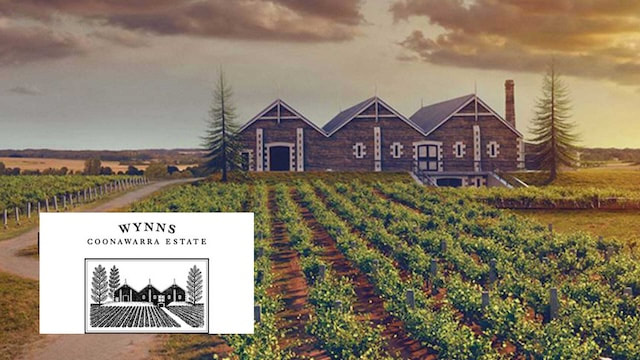
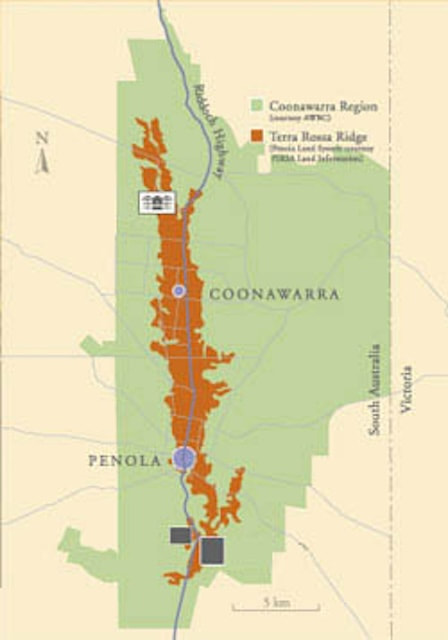
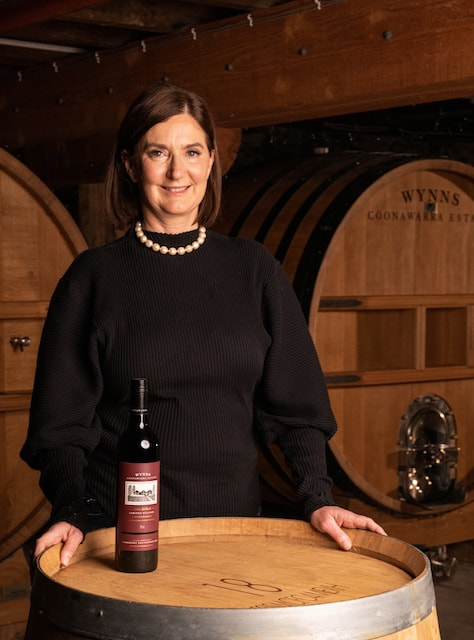
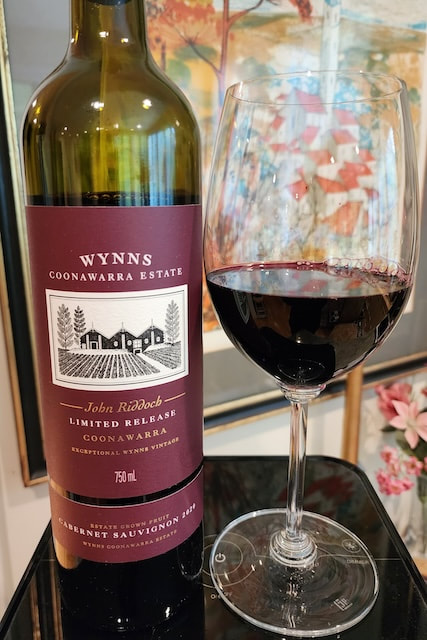
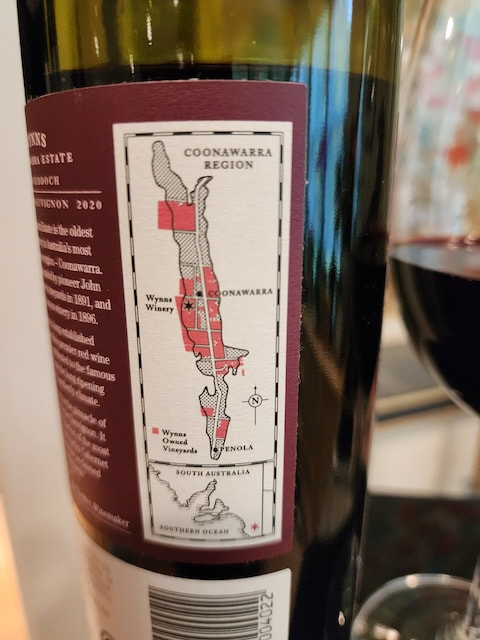

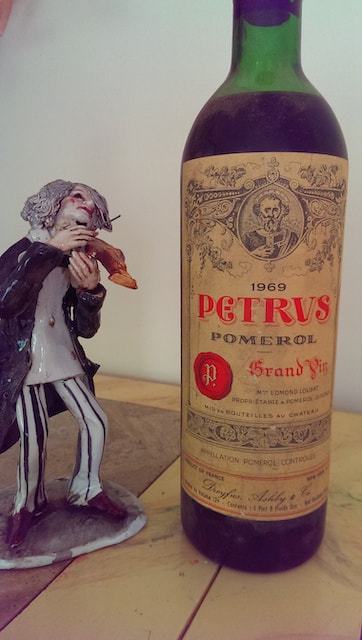
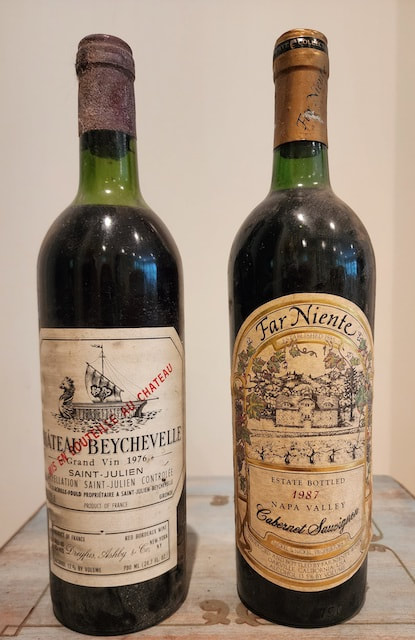
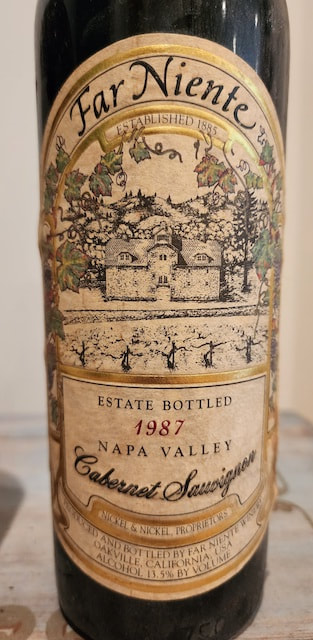
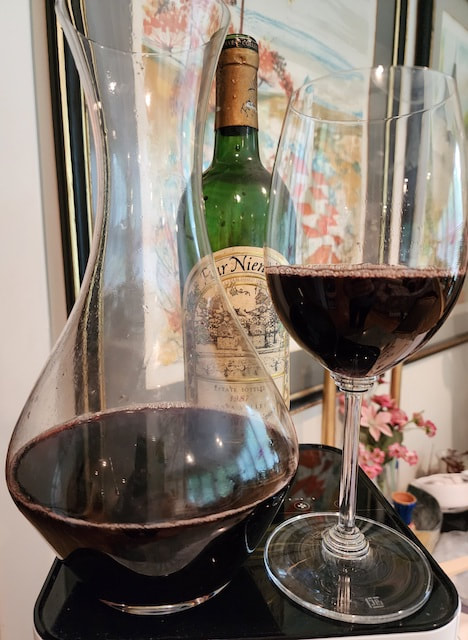
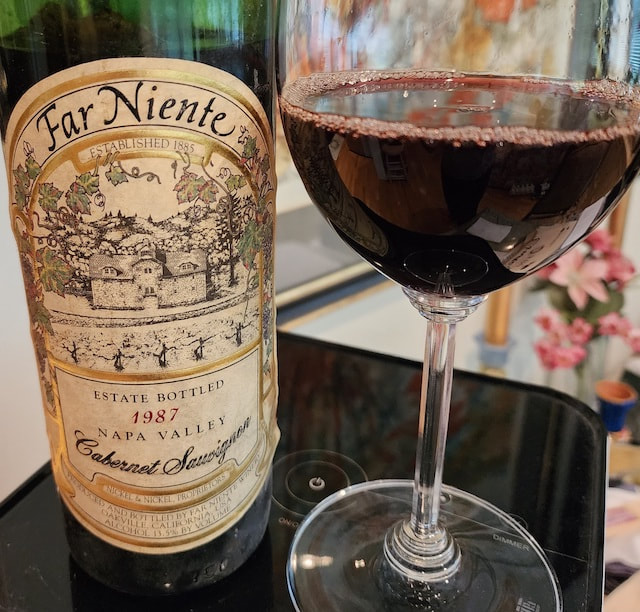
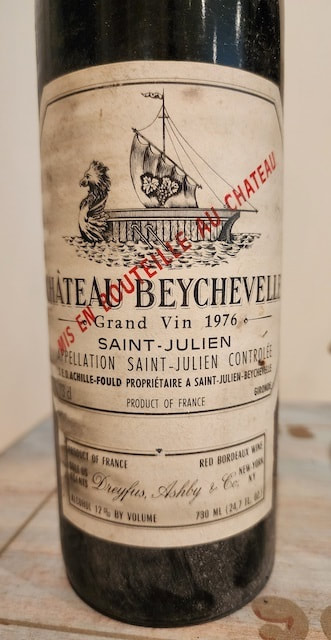
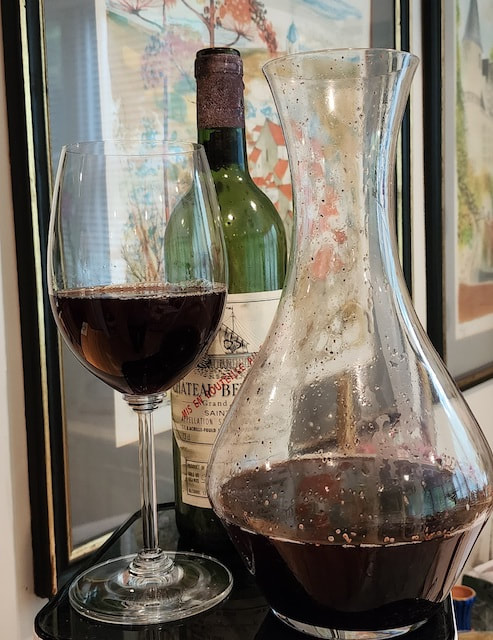
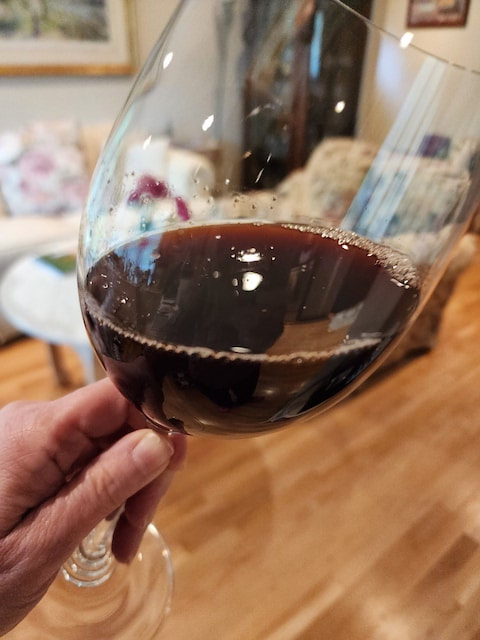

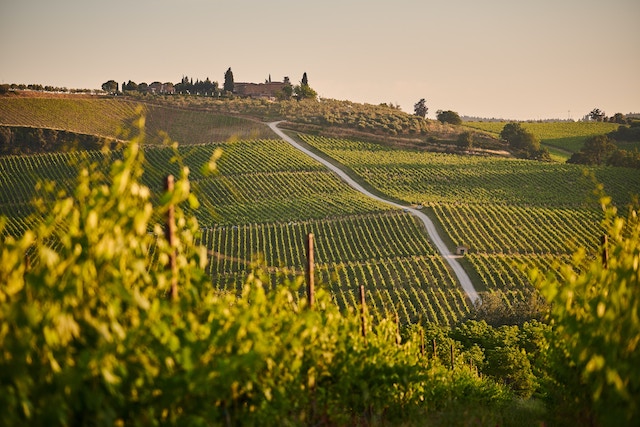
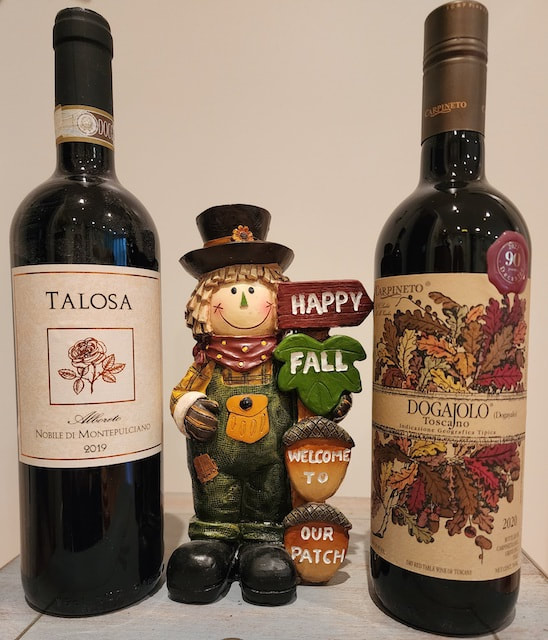
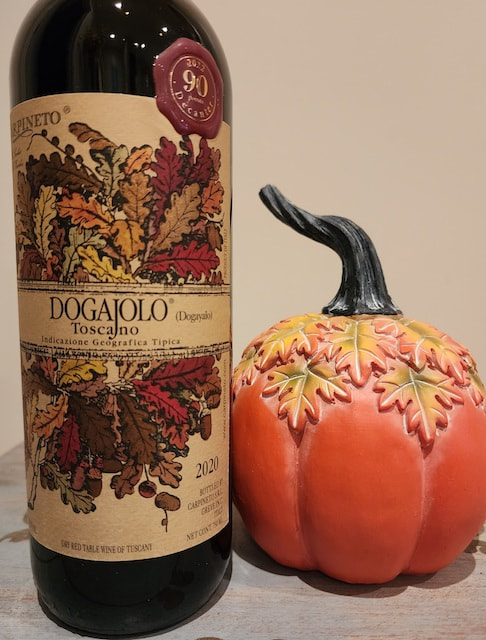
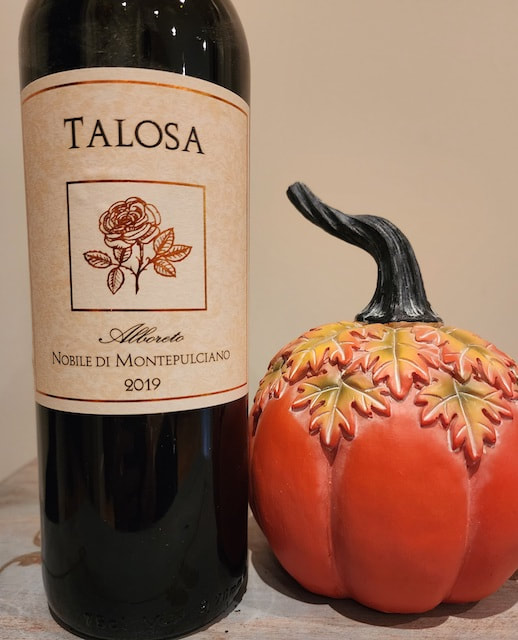
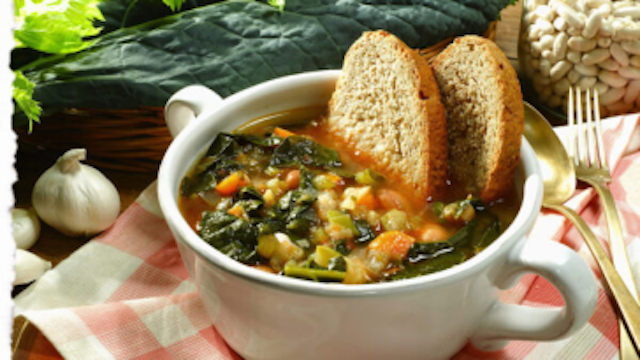
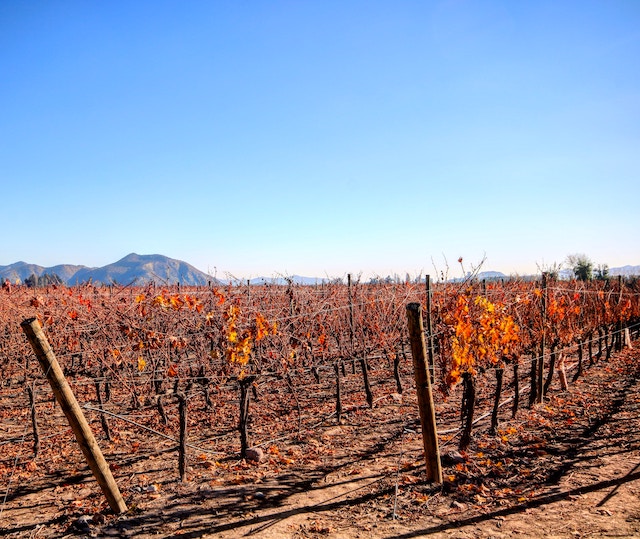
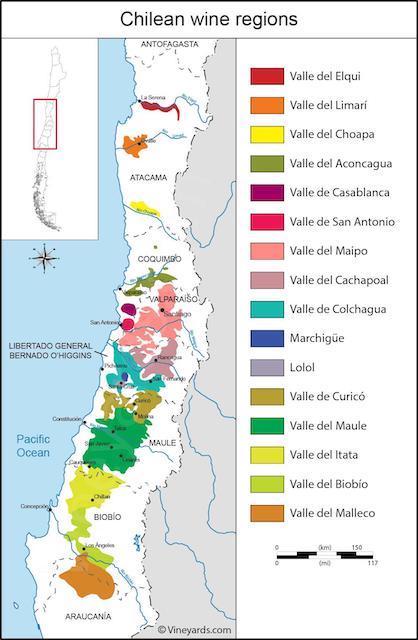
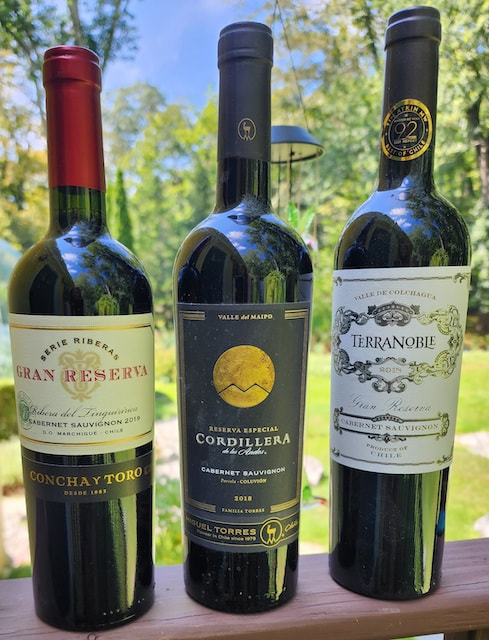
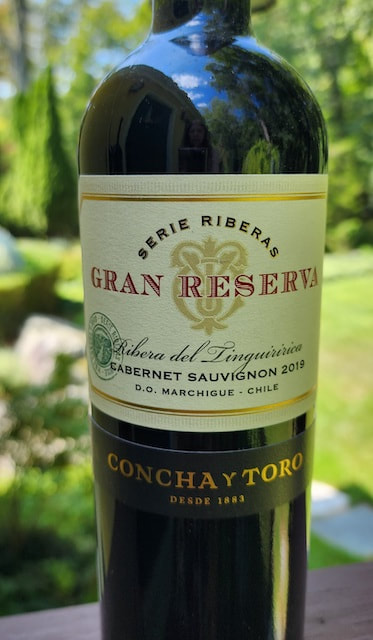
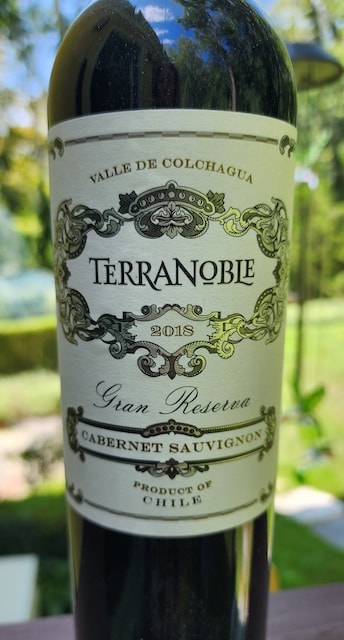
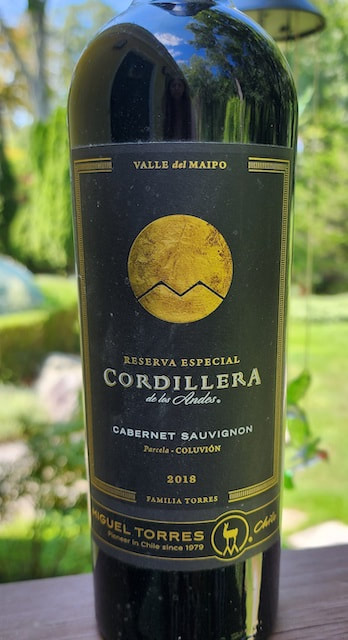
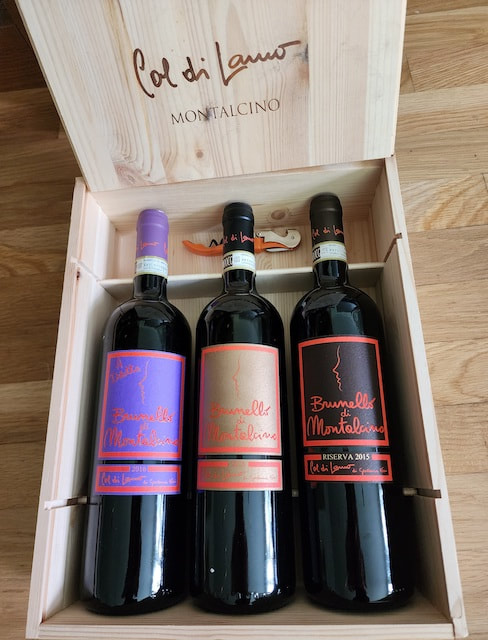
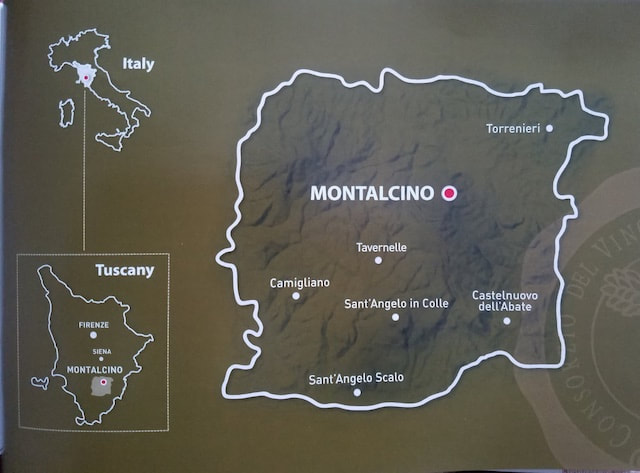
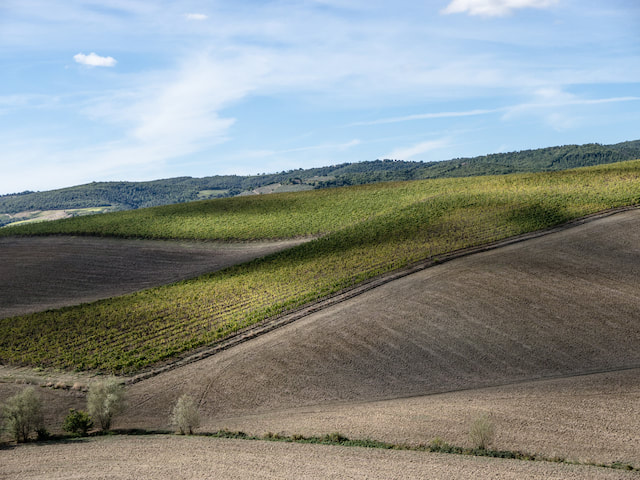
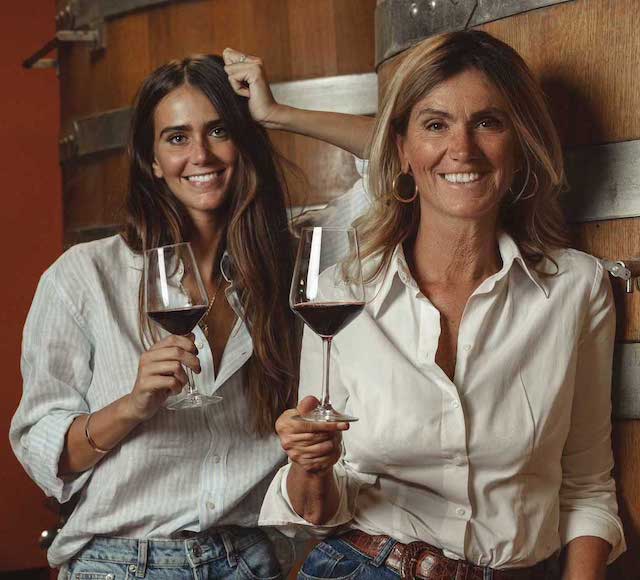
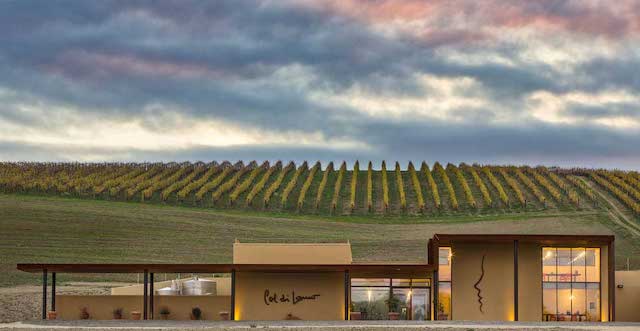
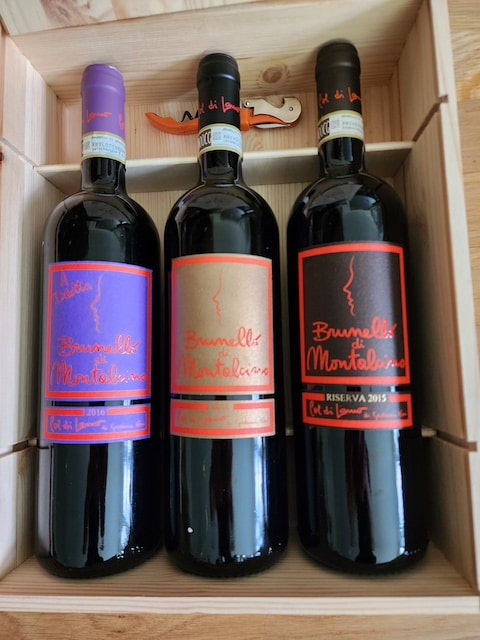
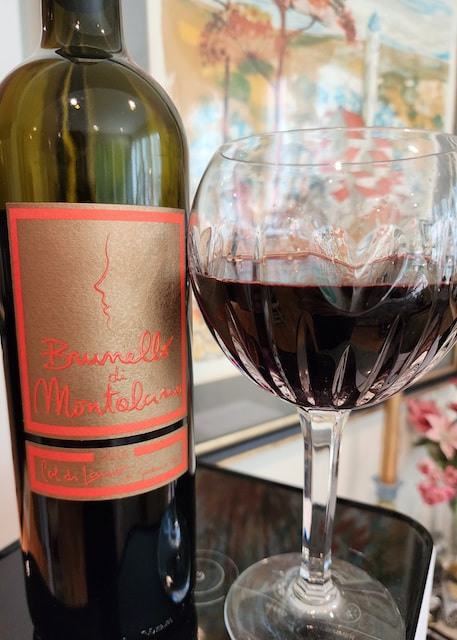
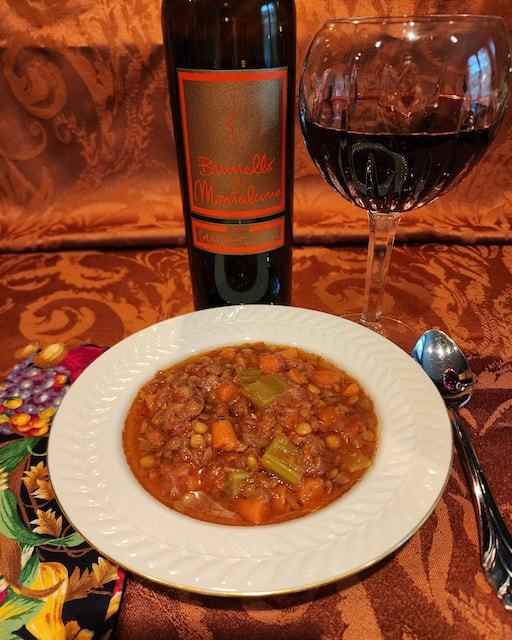
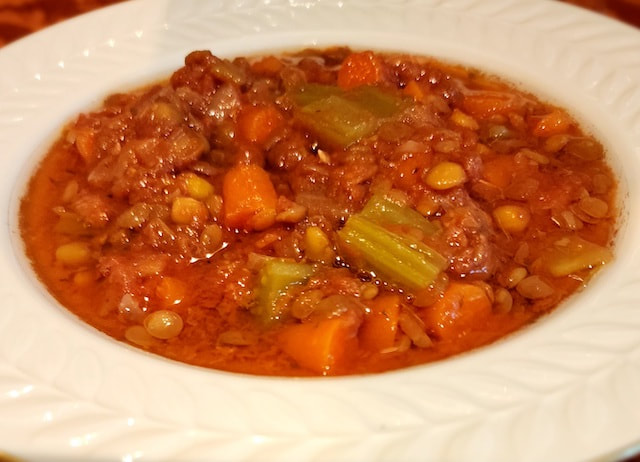
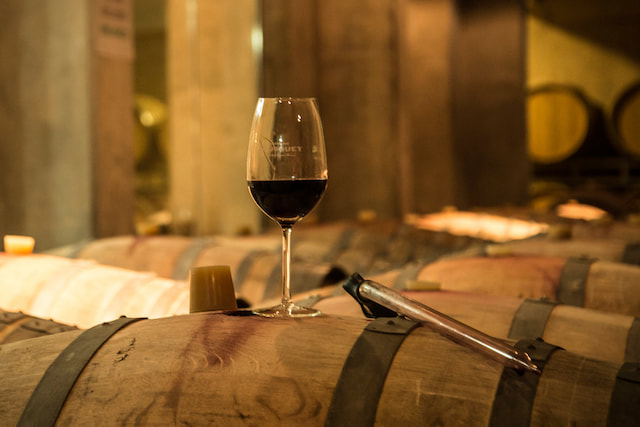
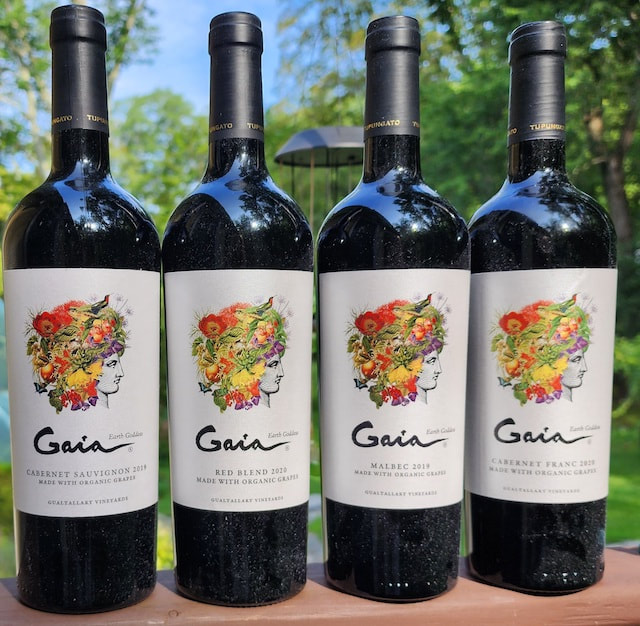
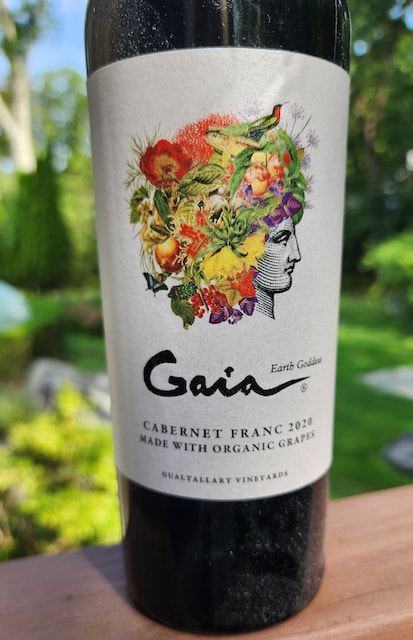
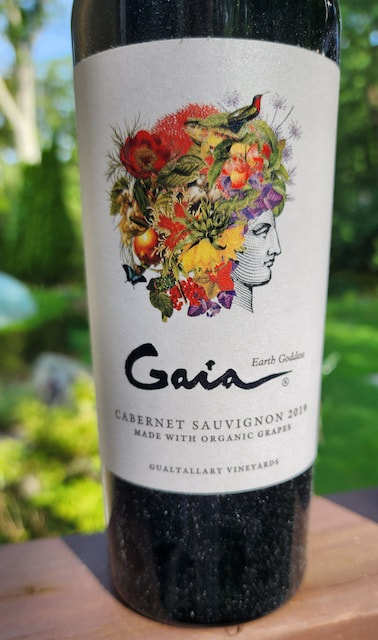
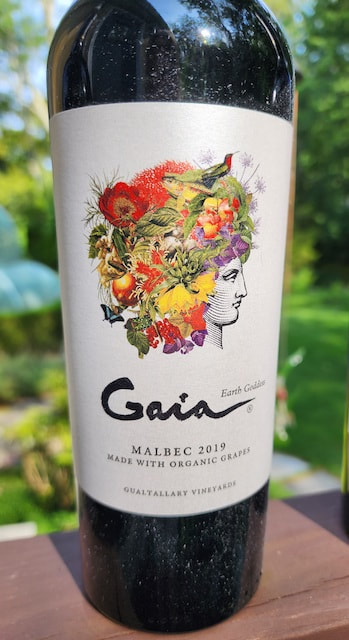
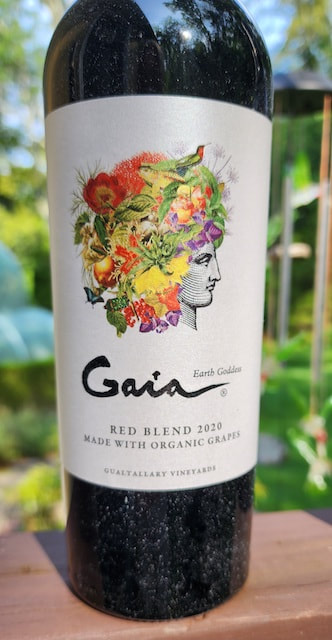
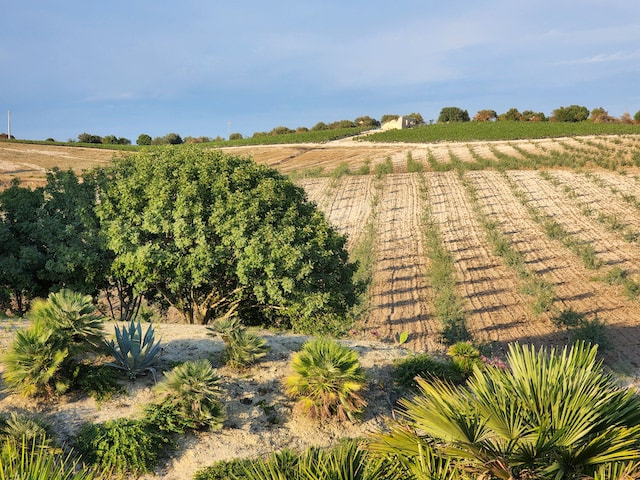
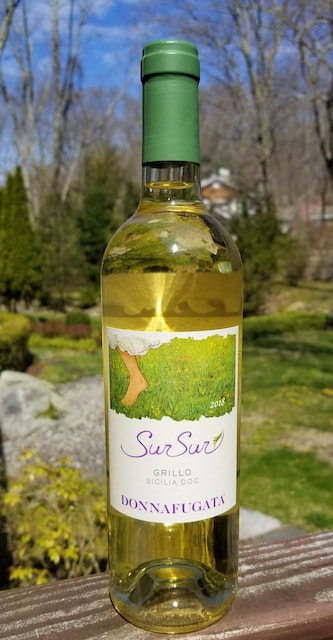
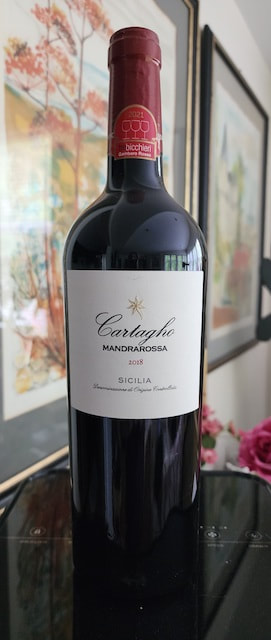
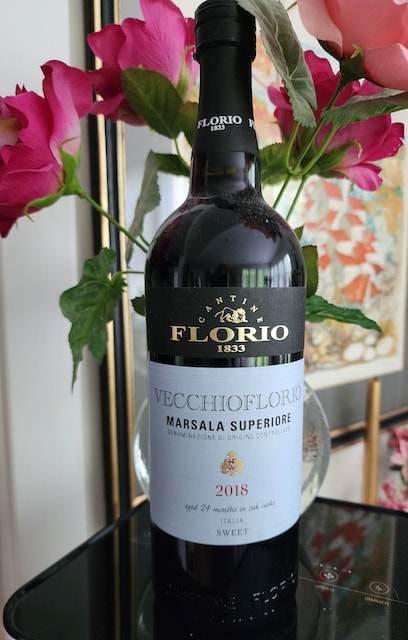
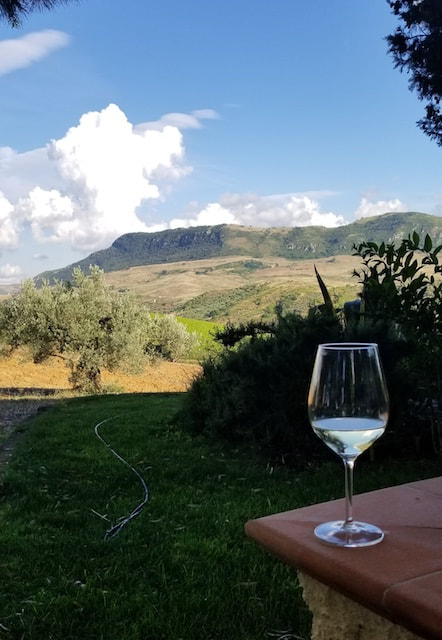
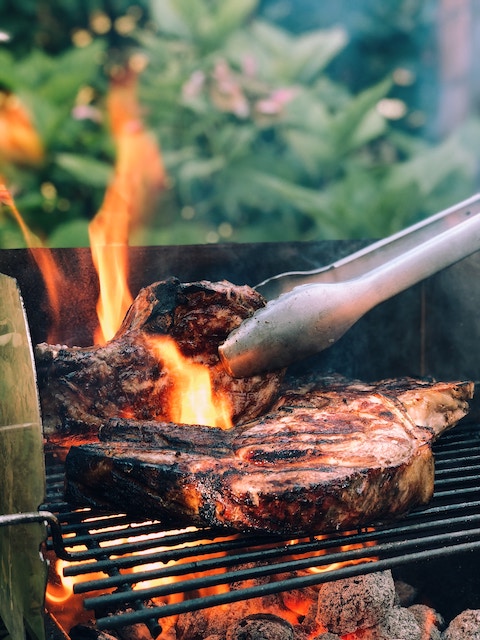
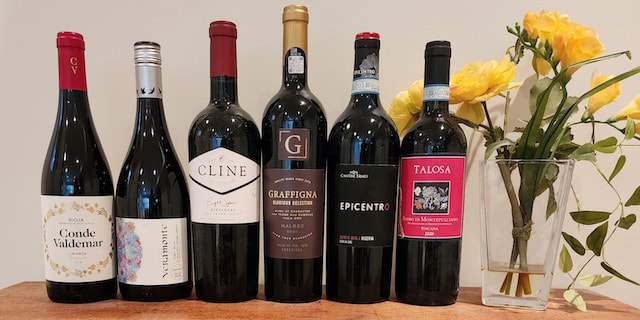
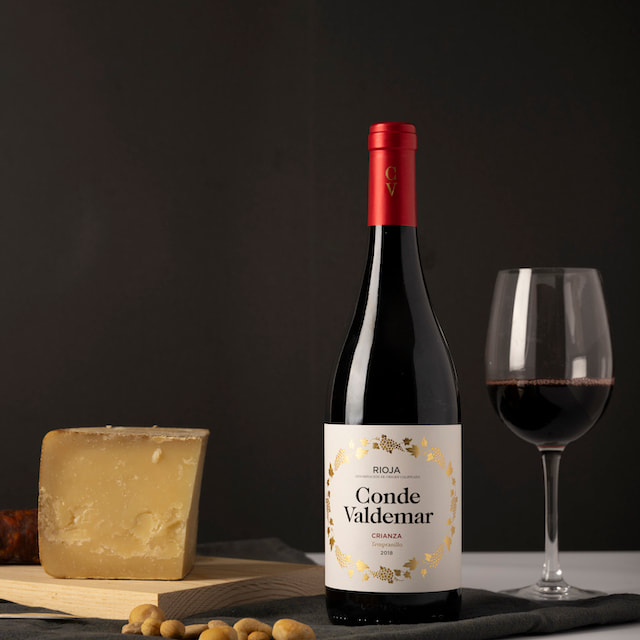
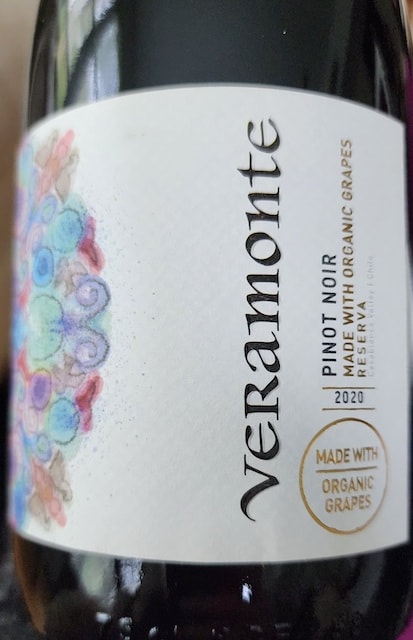
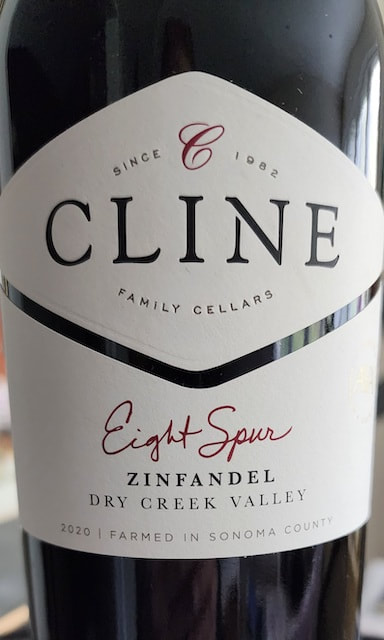
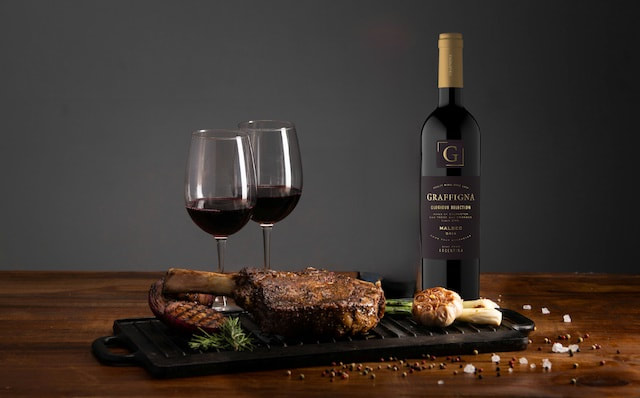
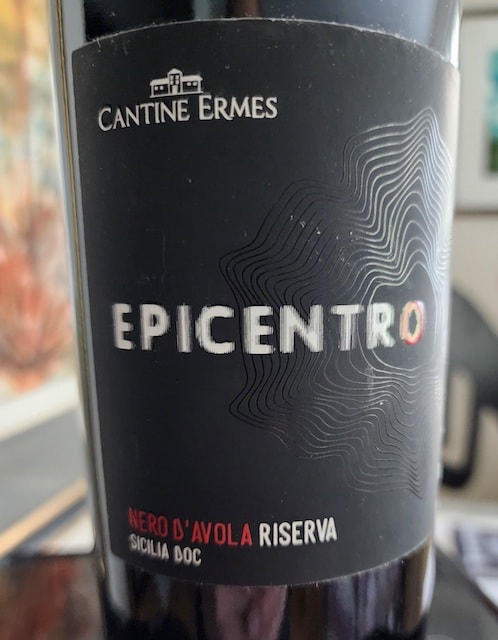
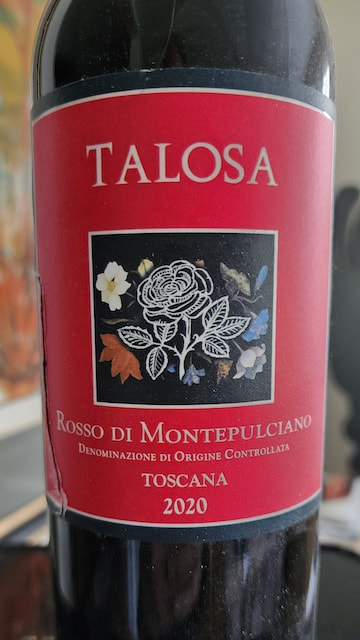
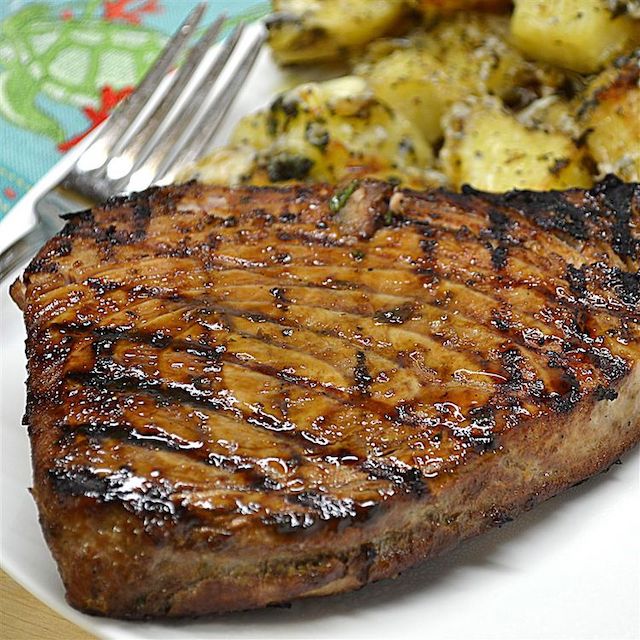
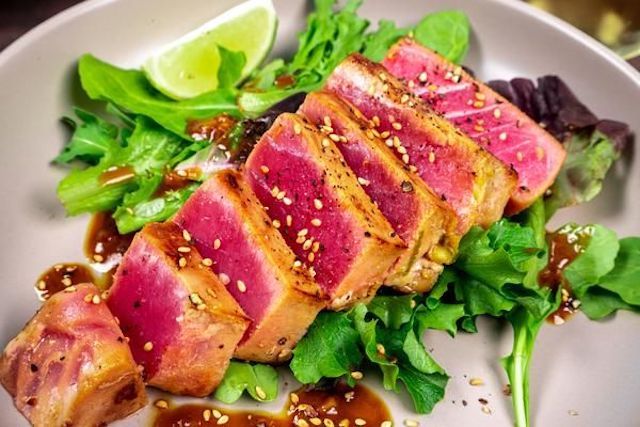
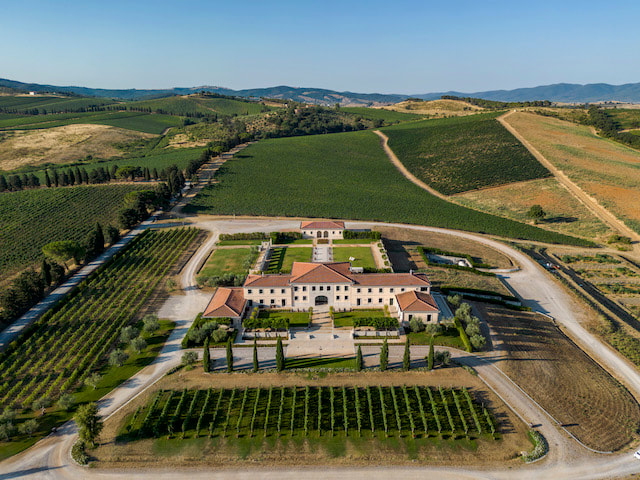

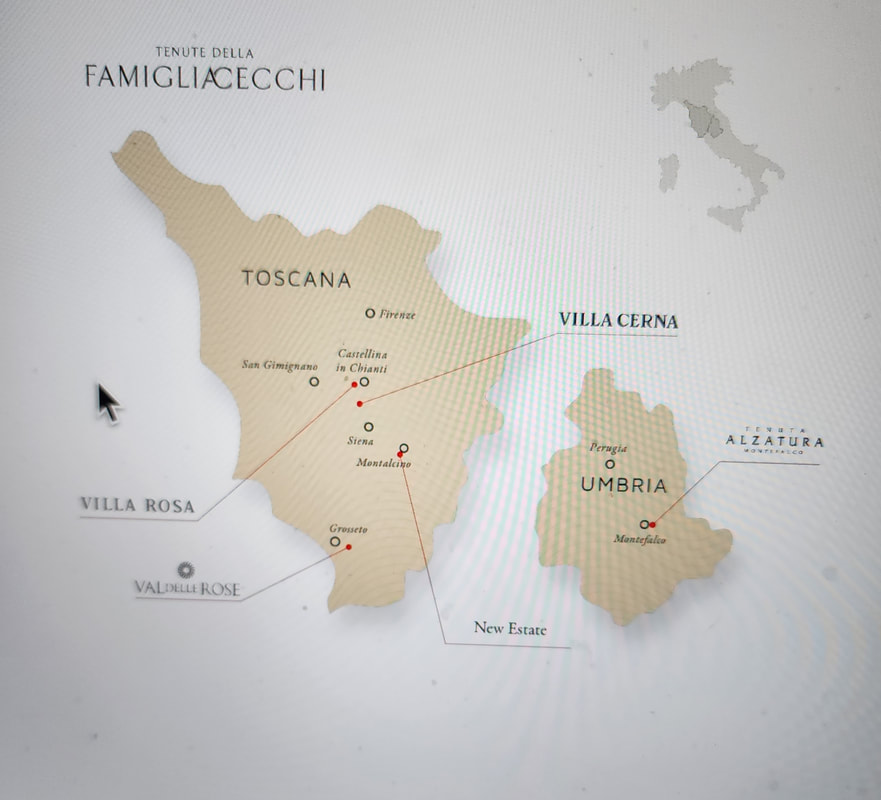
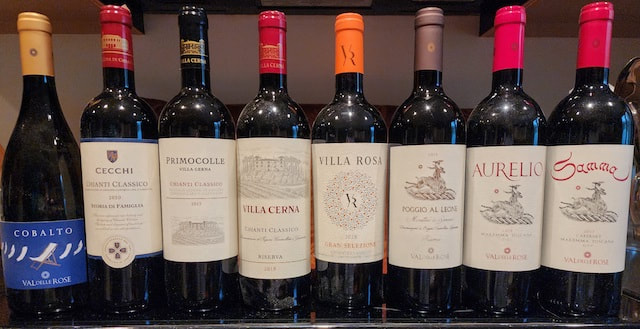
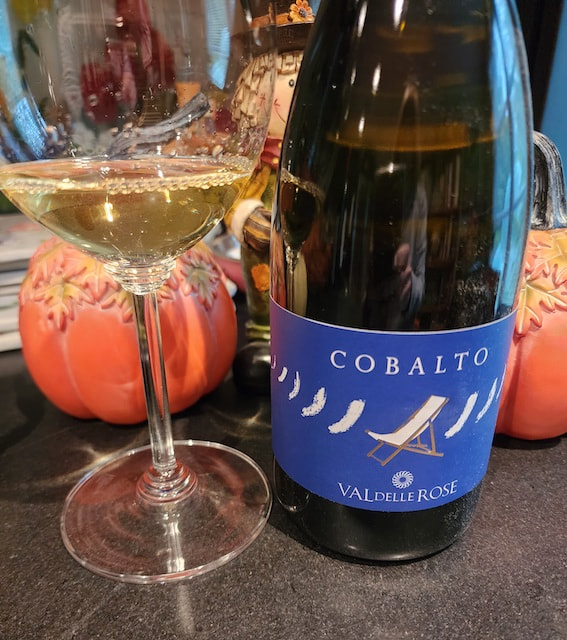
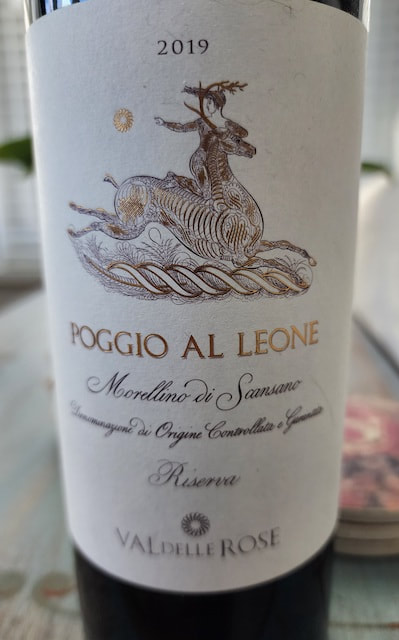
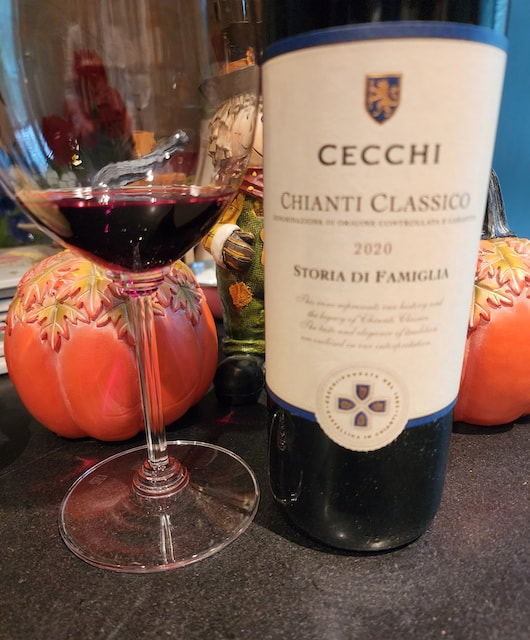
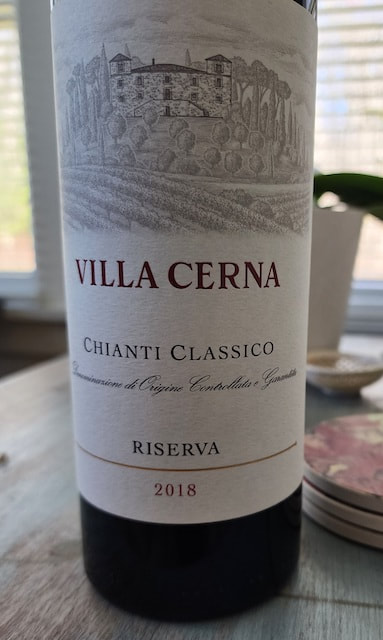
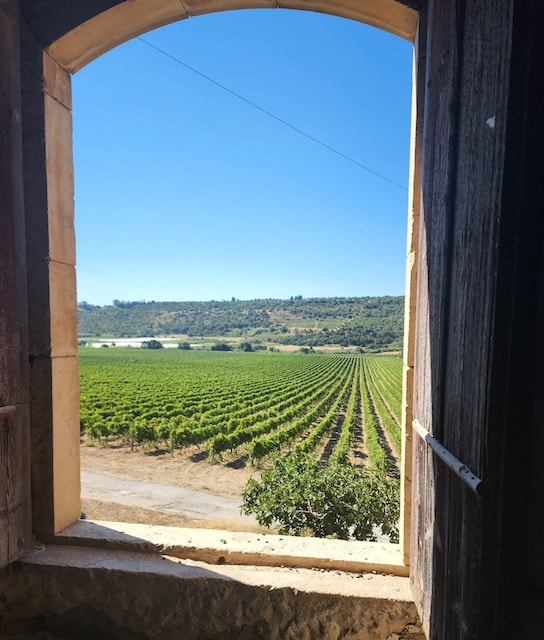
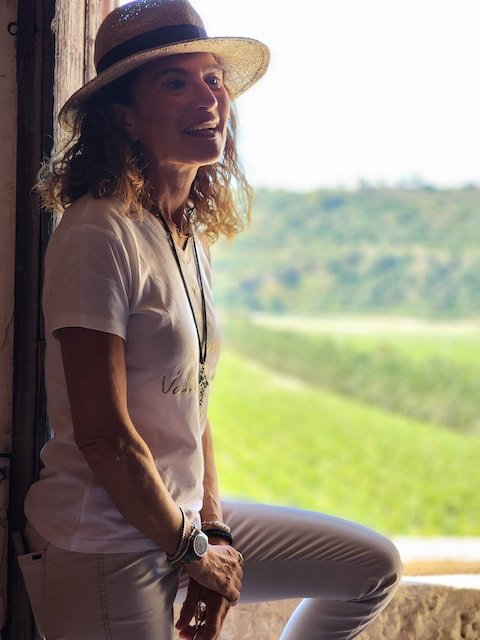
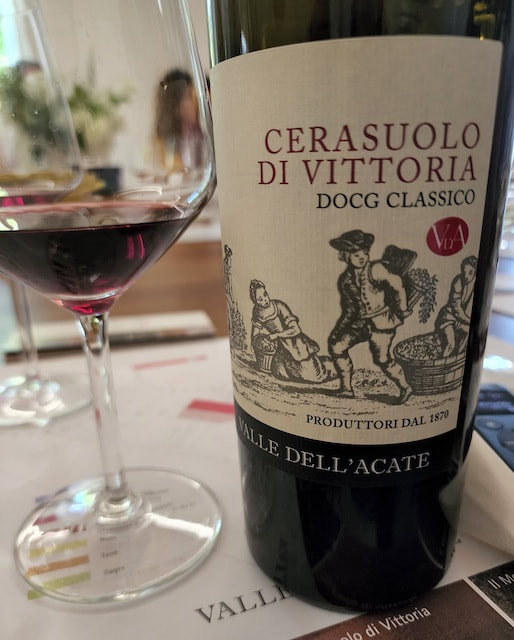
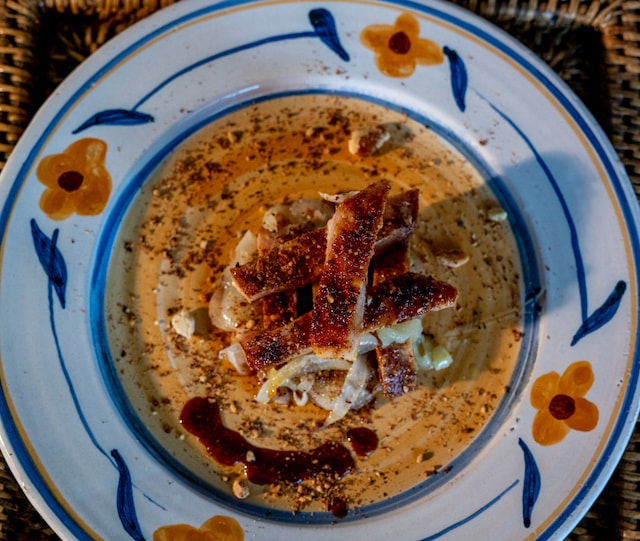
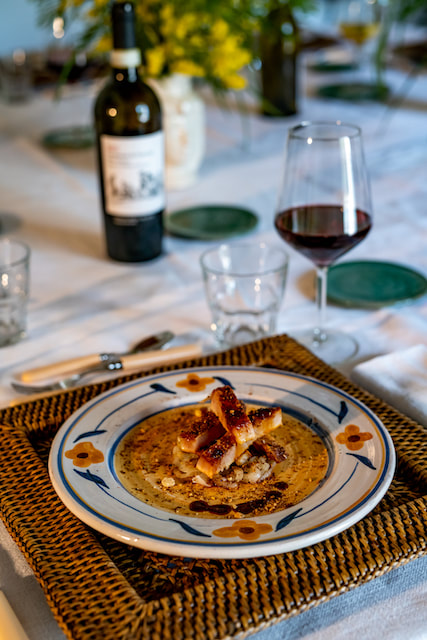
 RSS Feed
RSS Feed